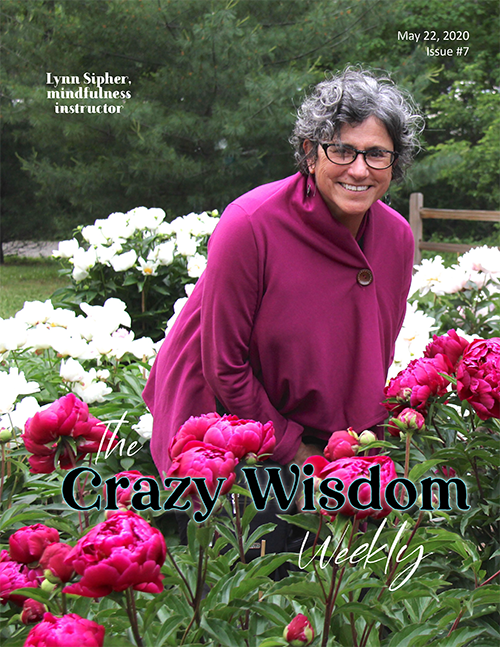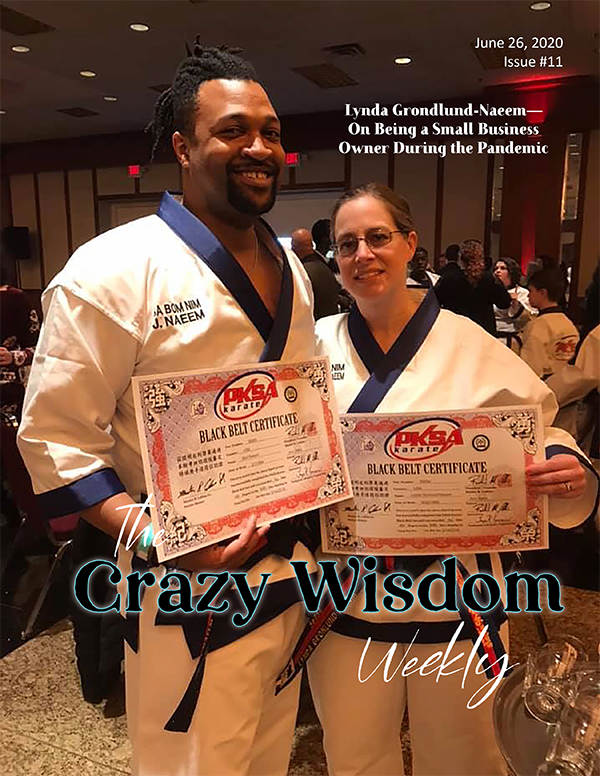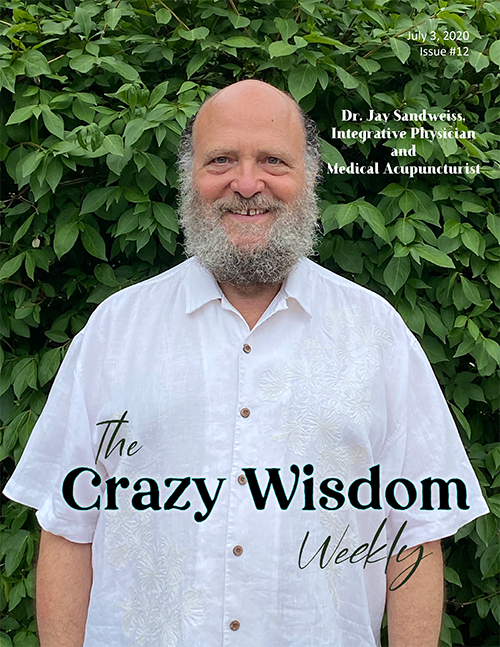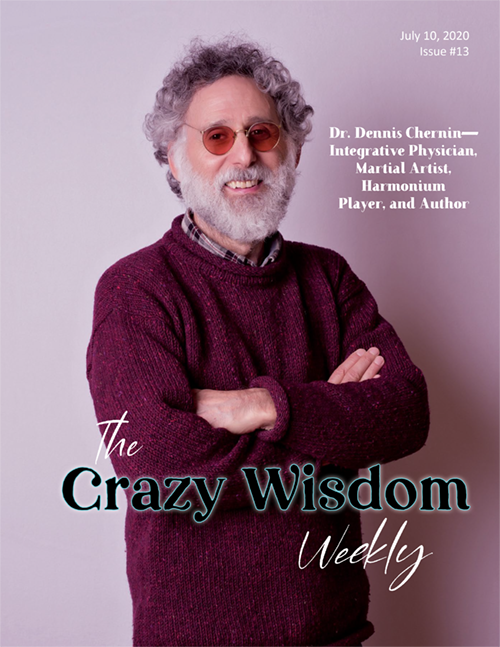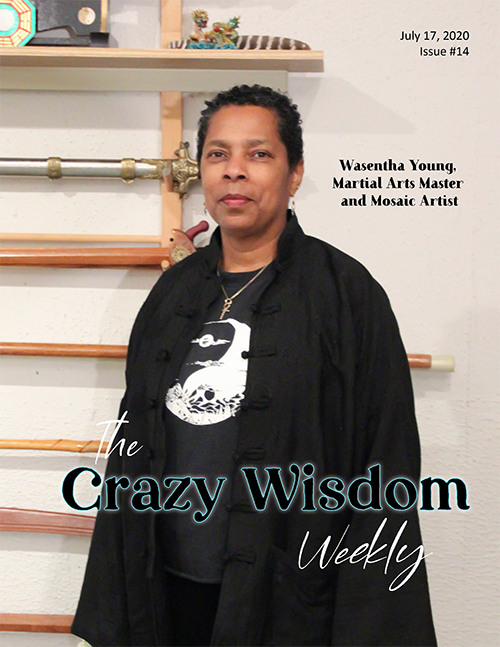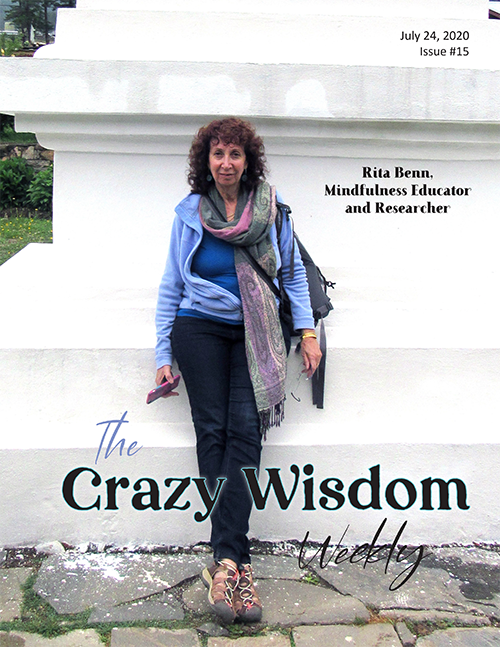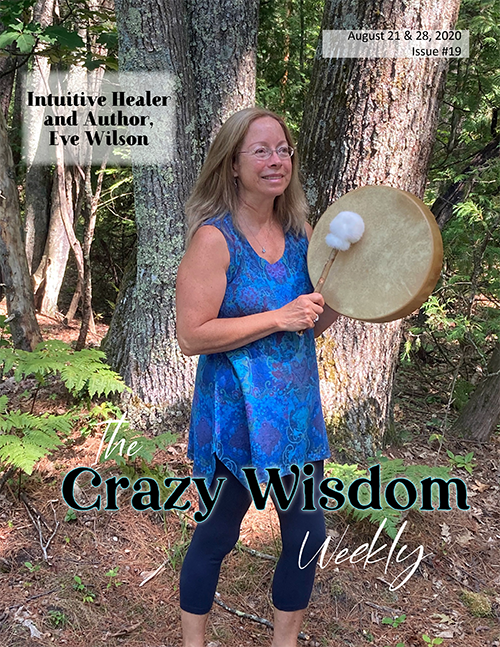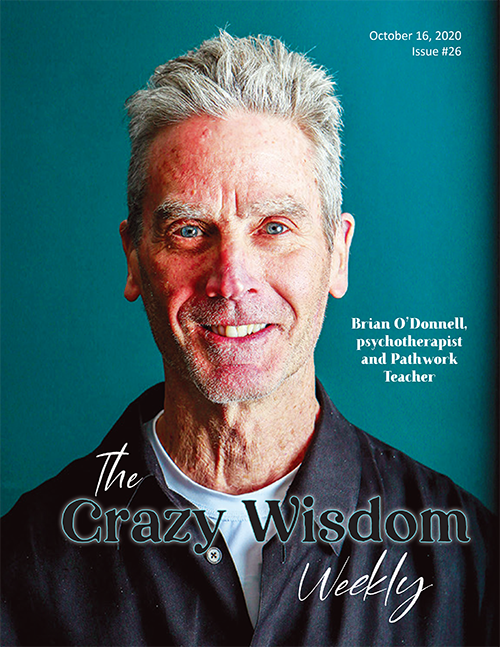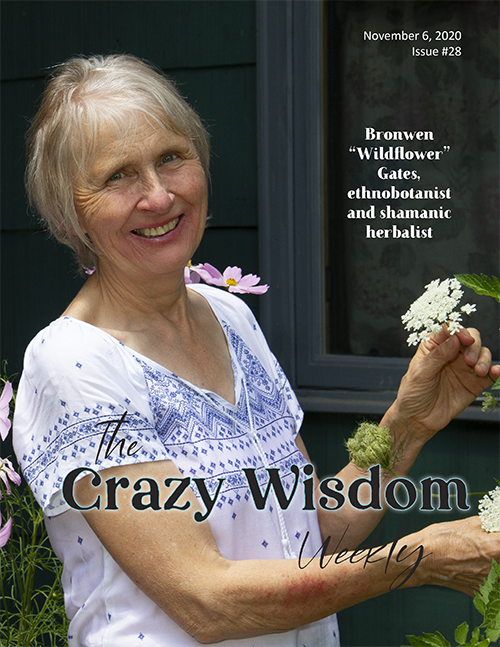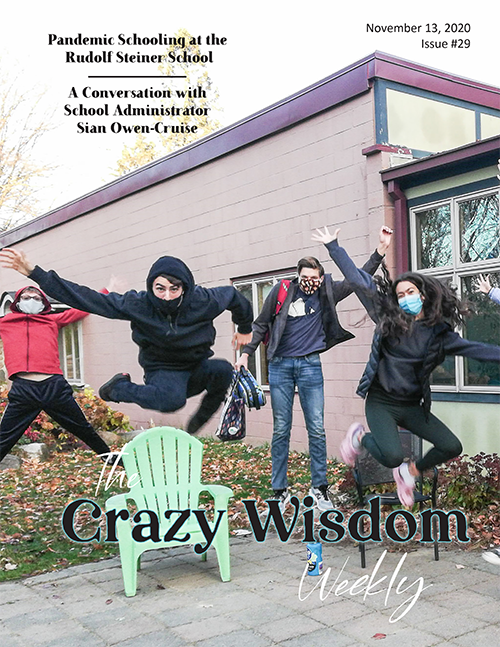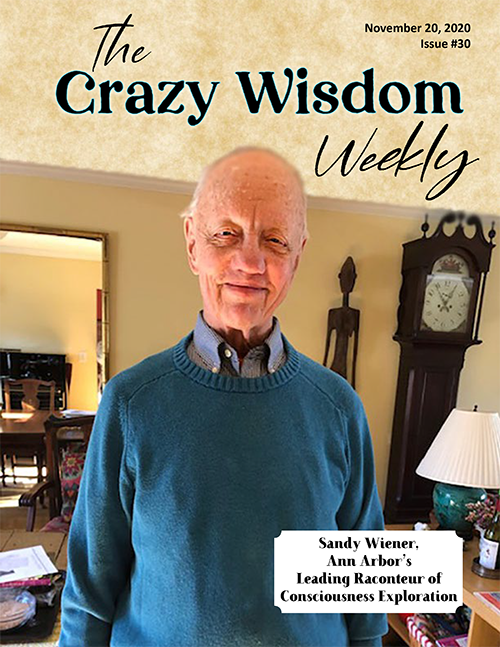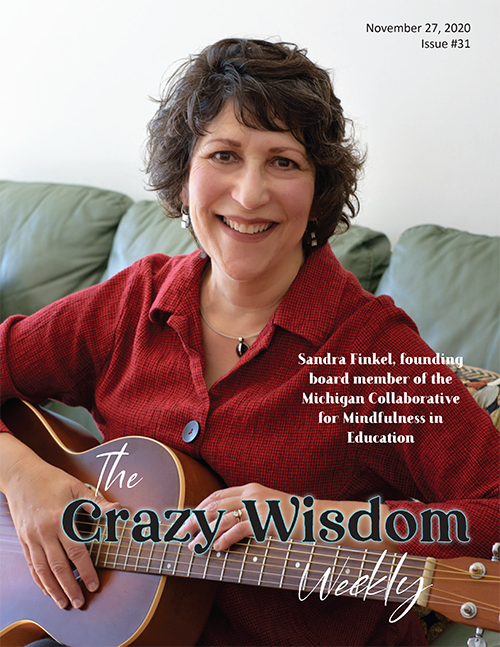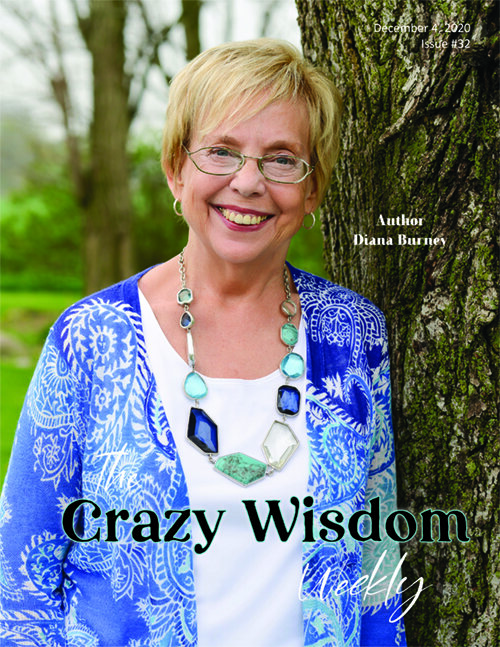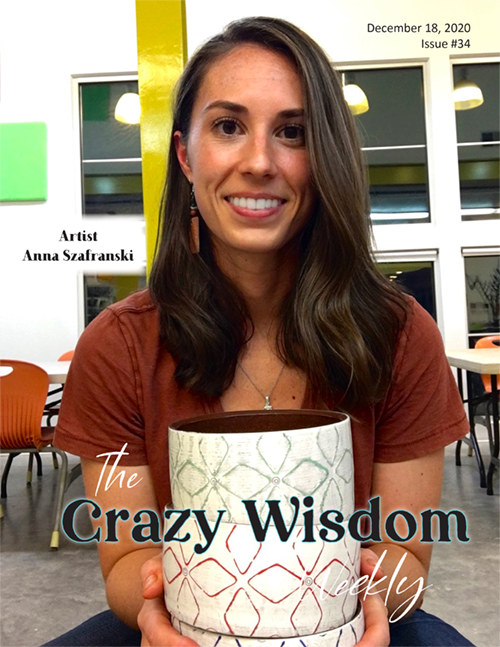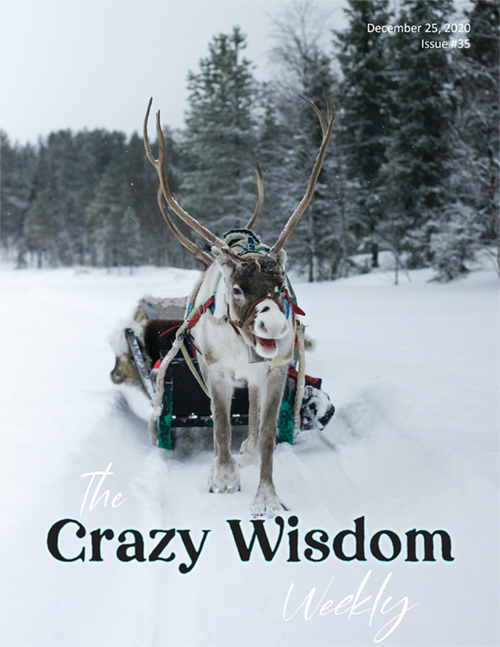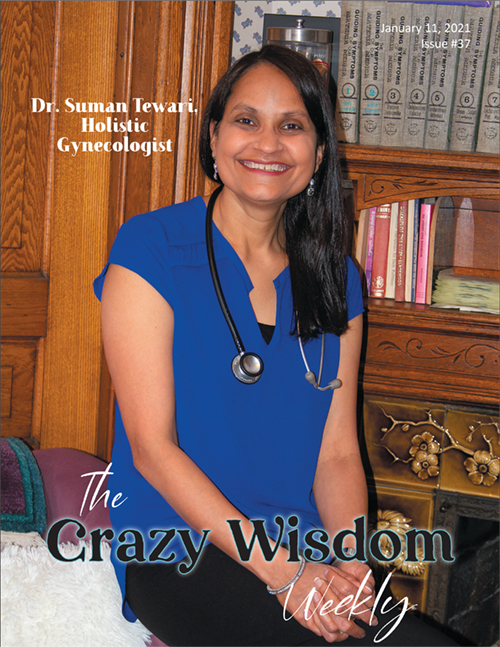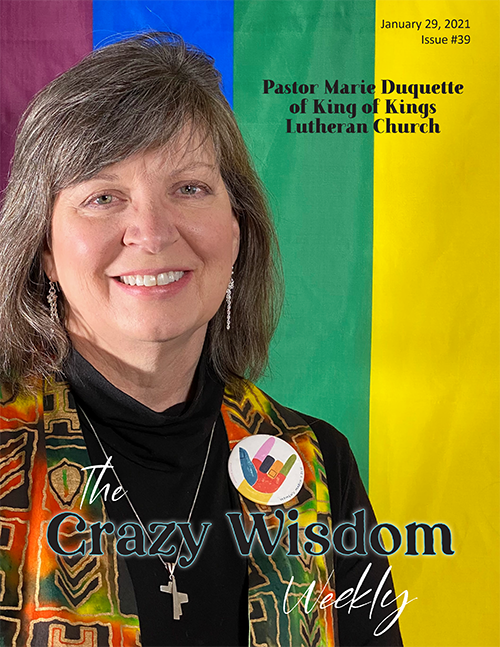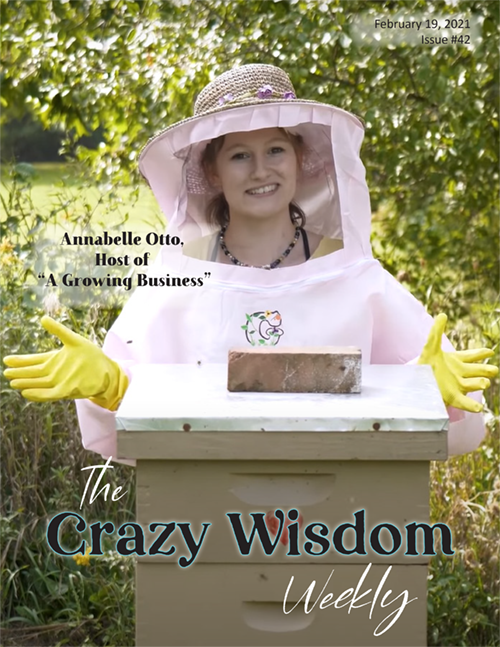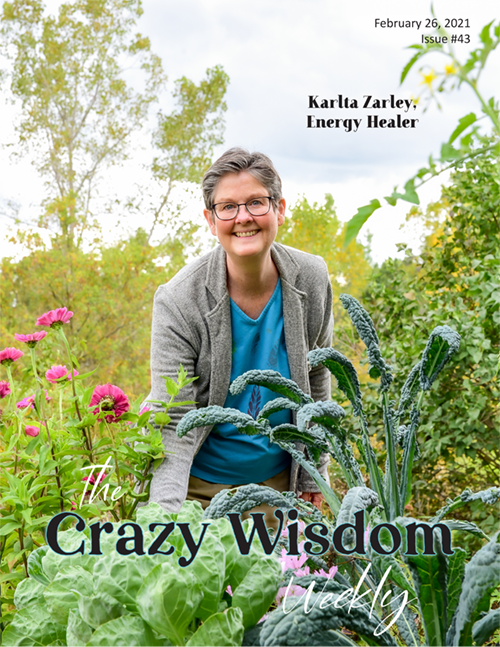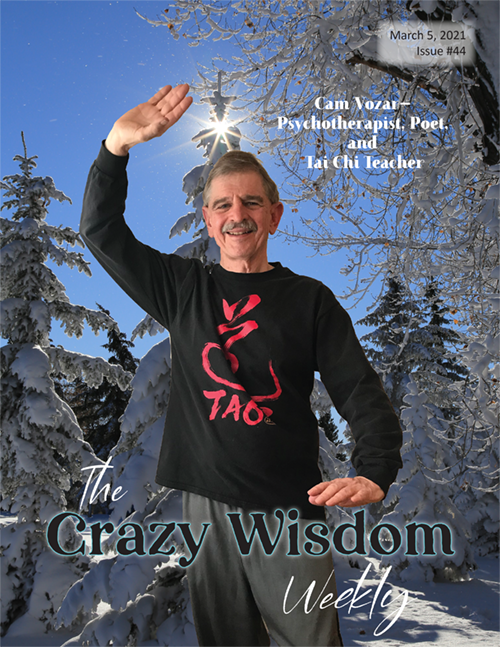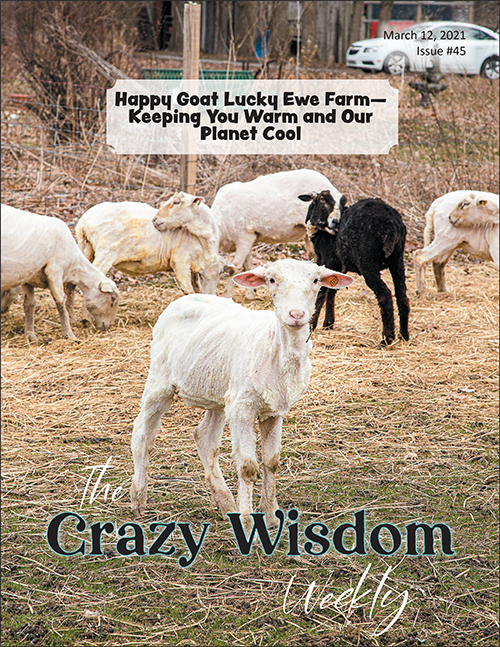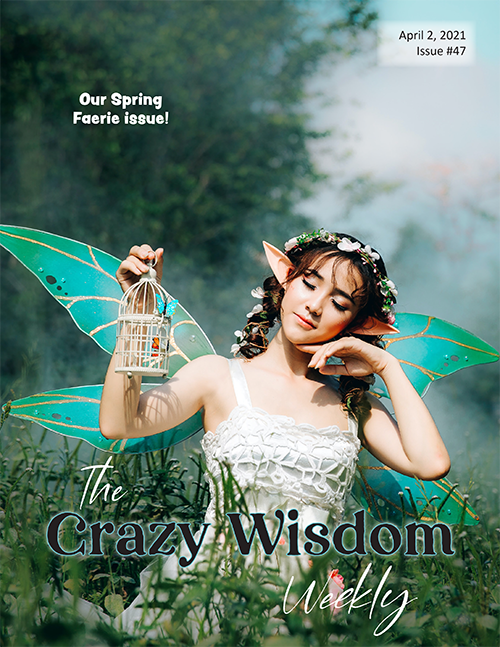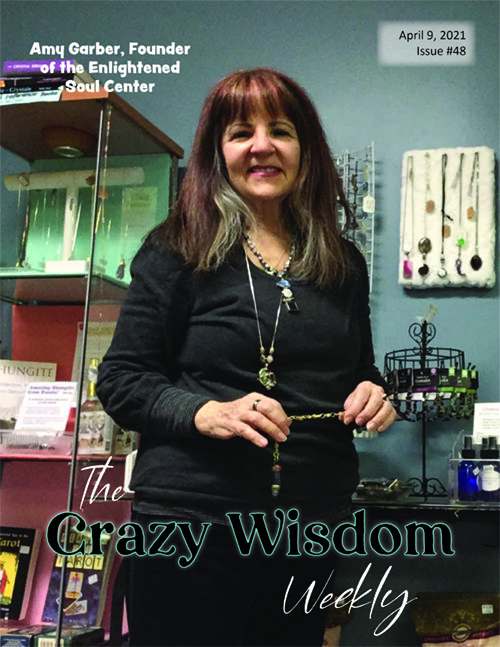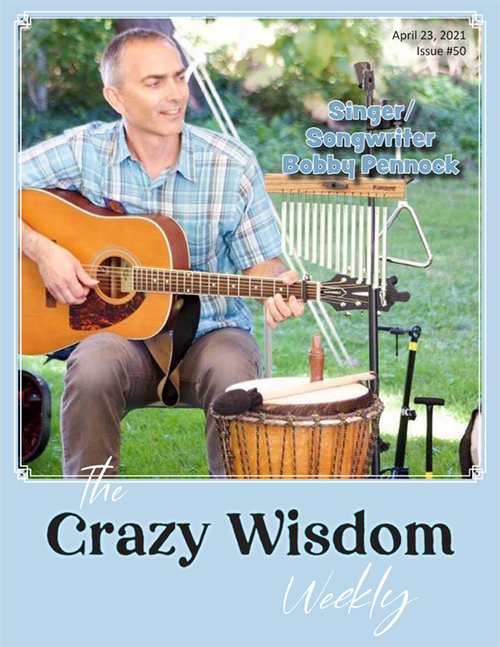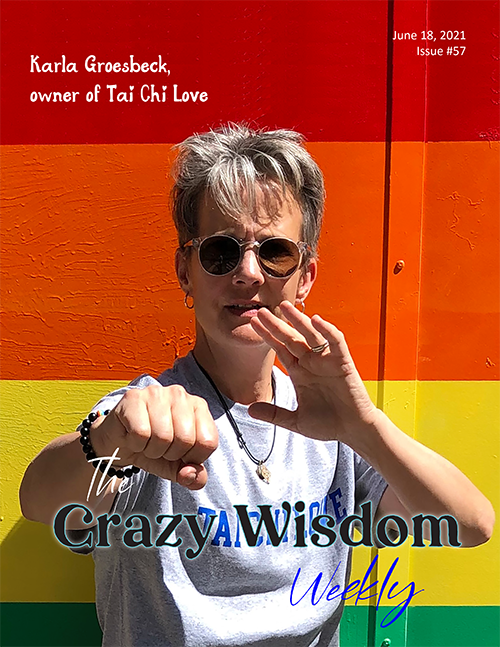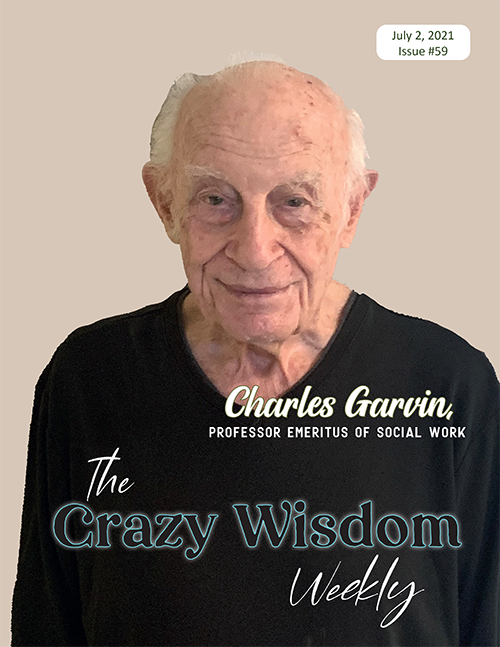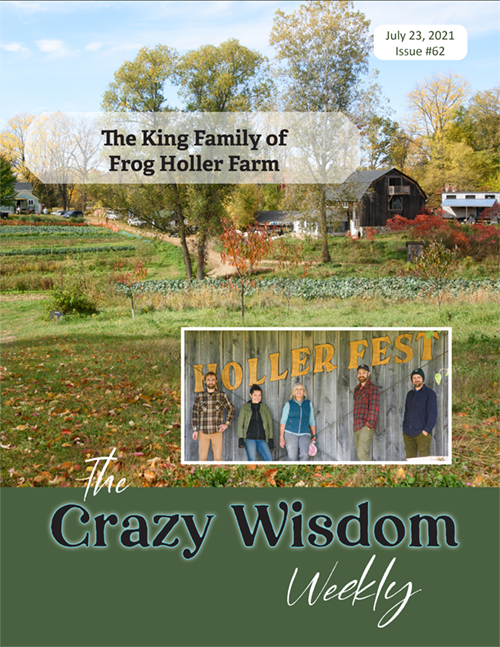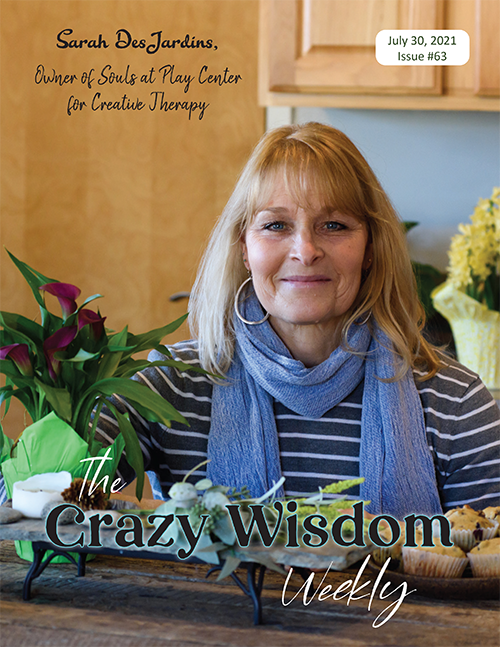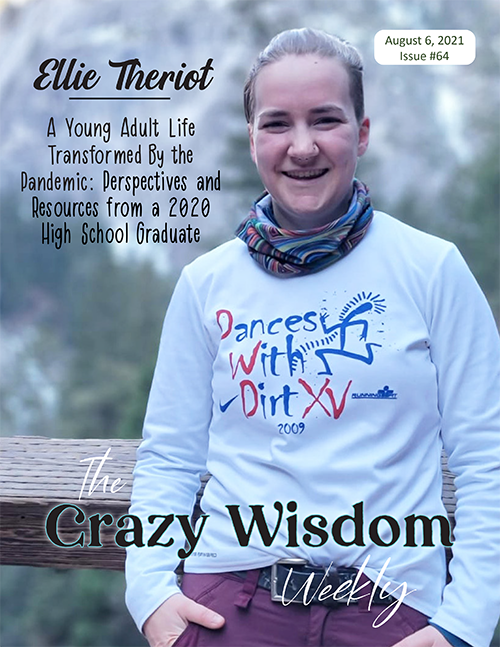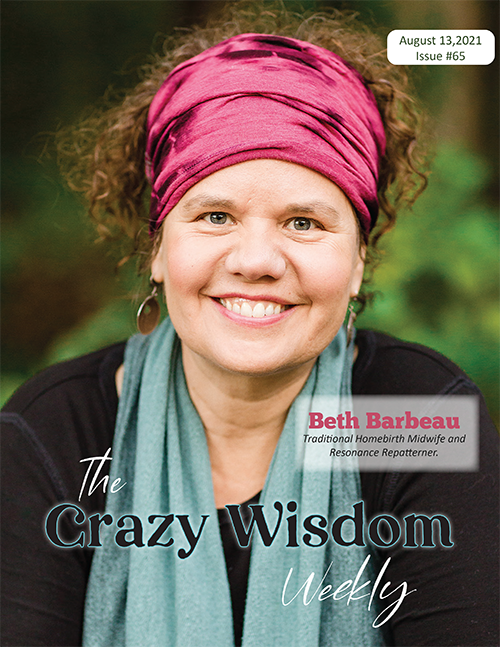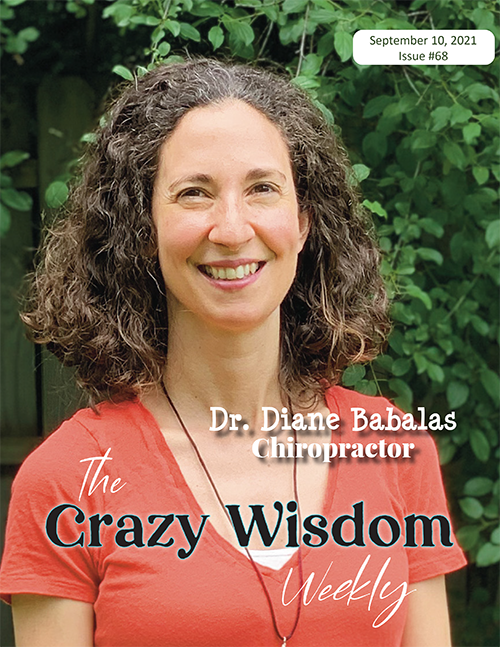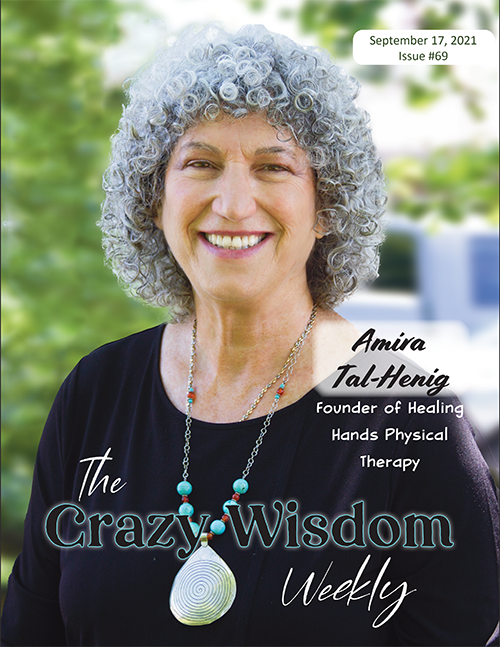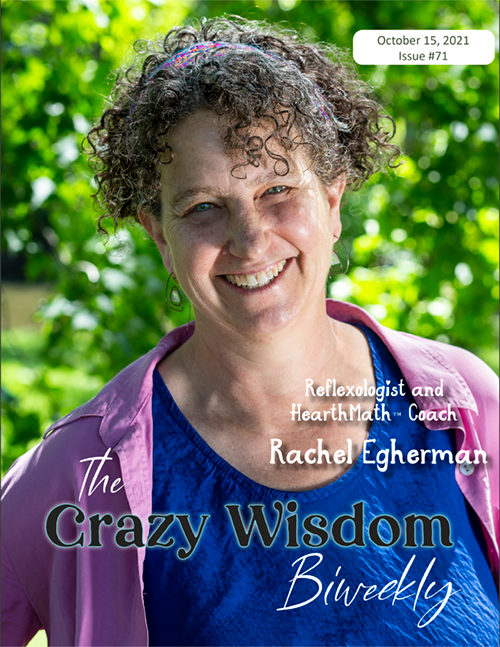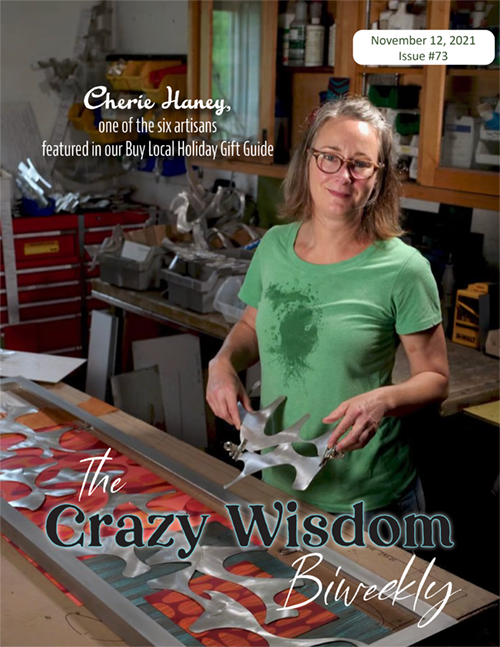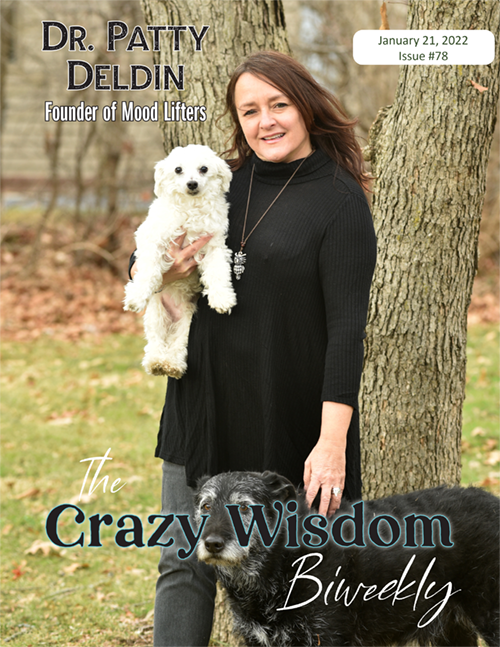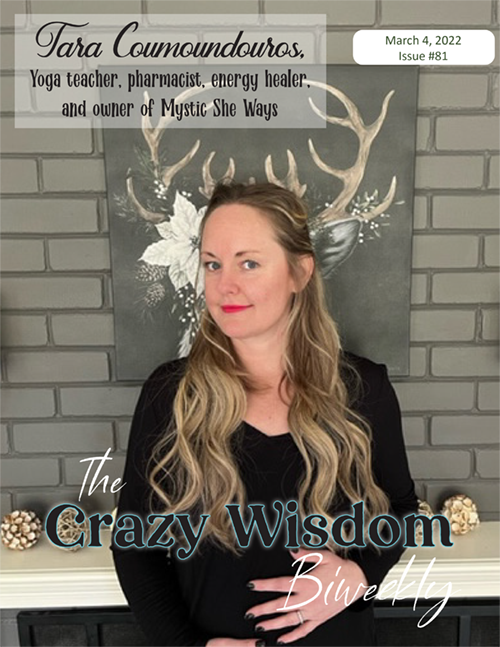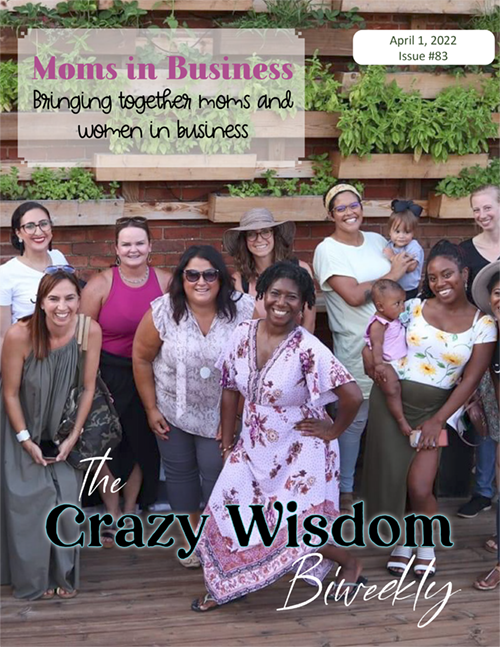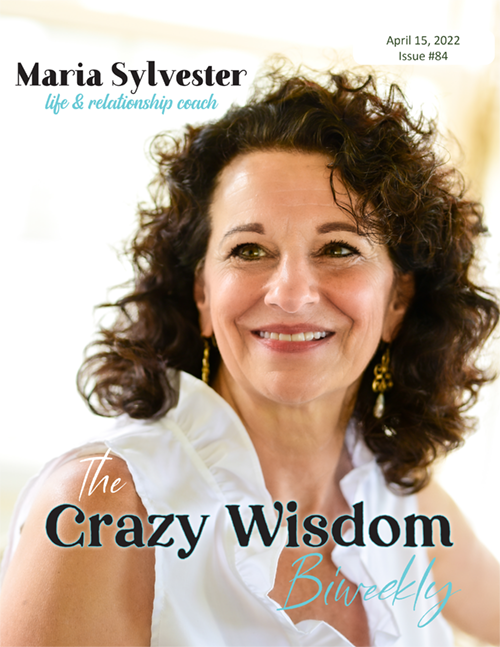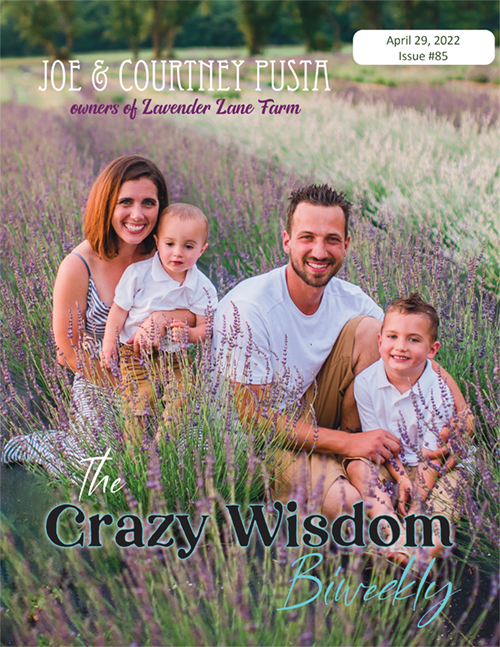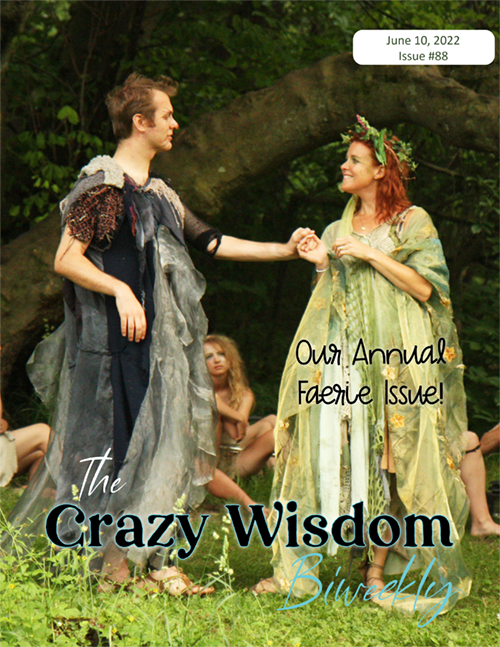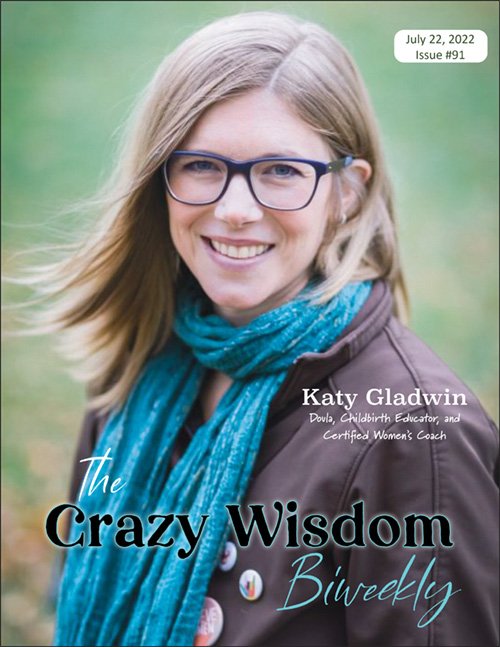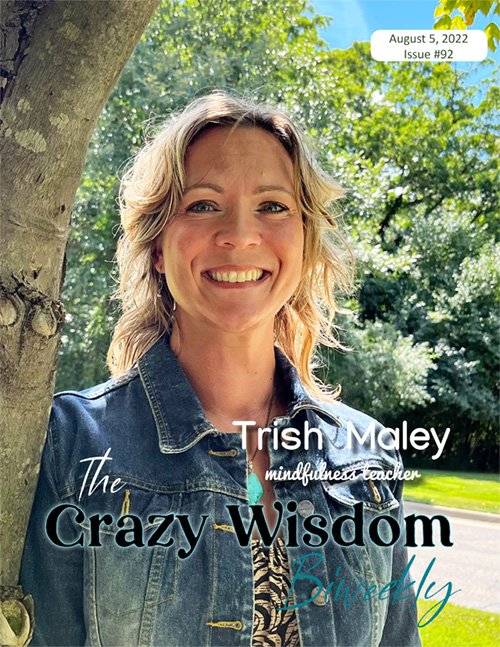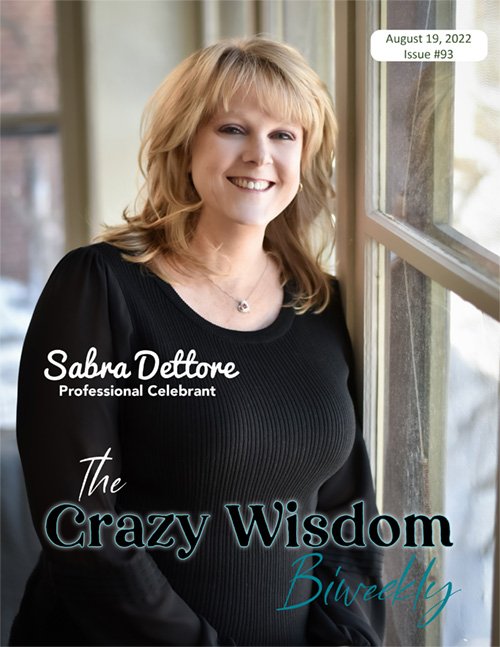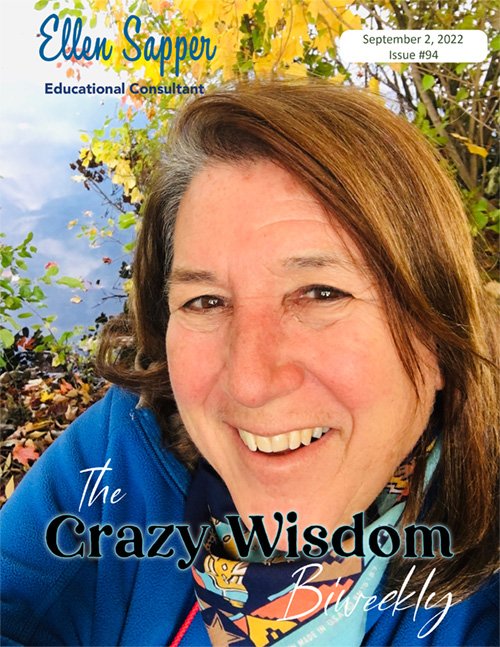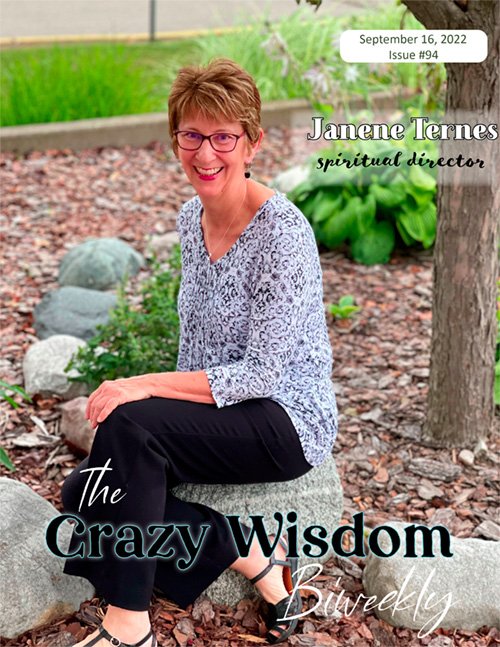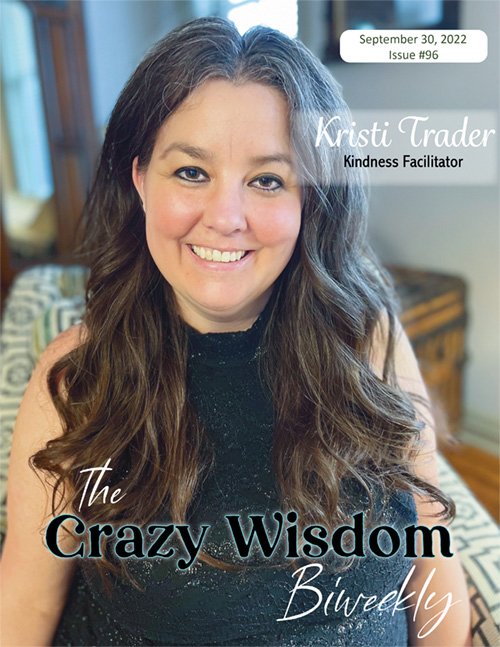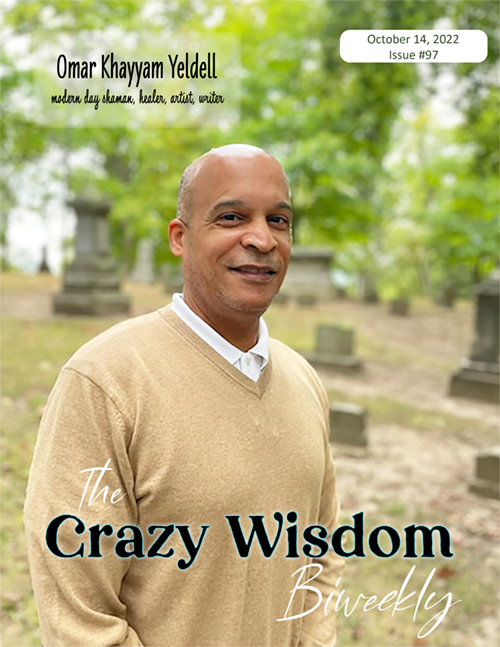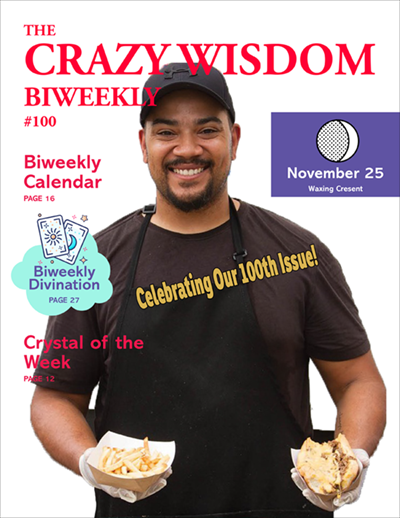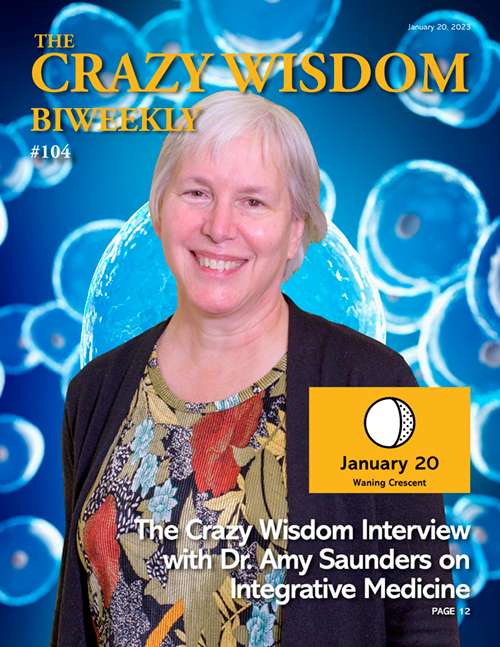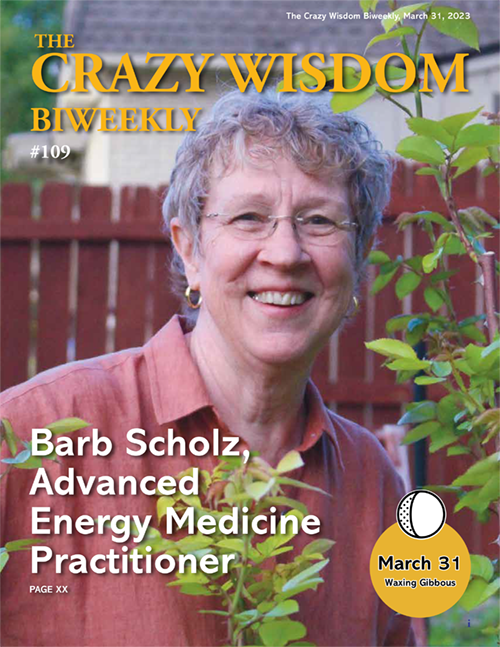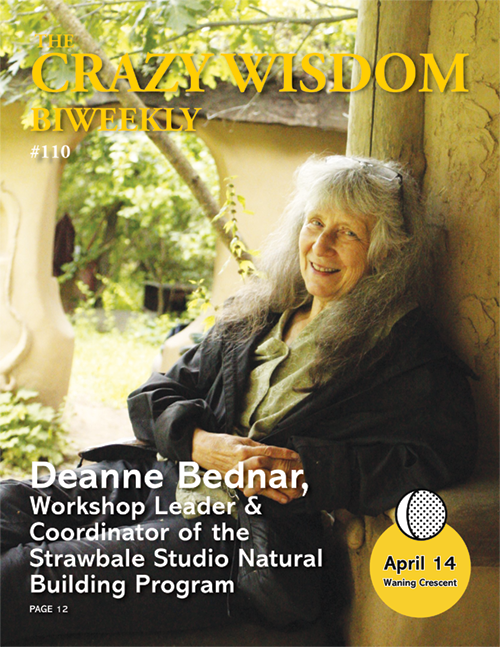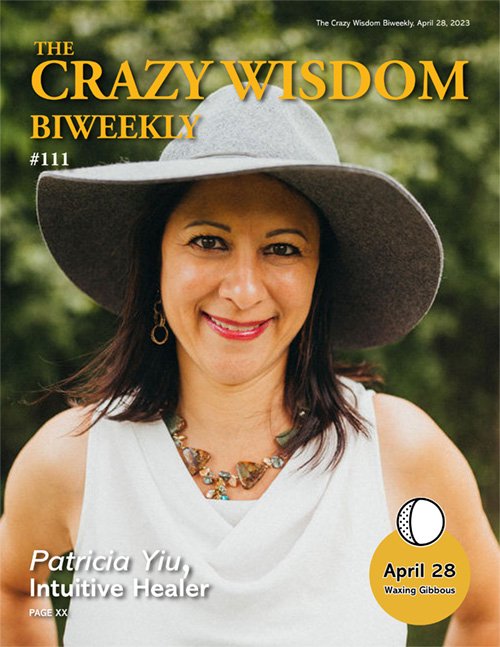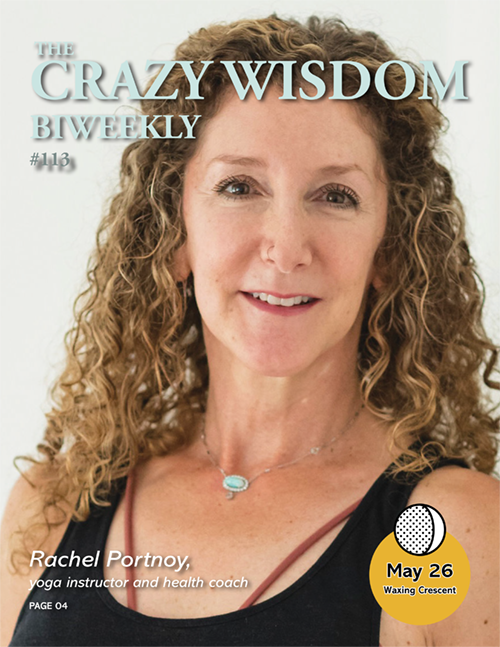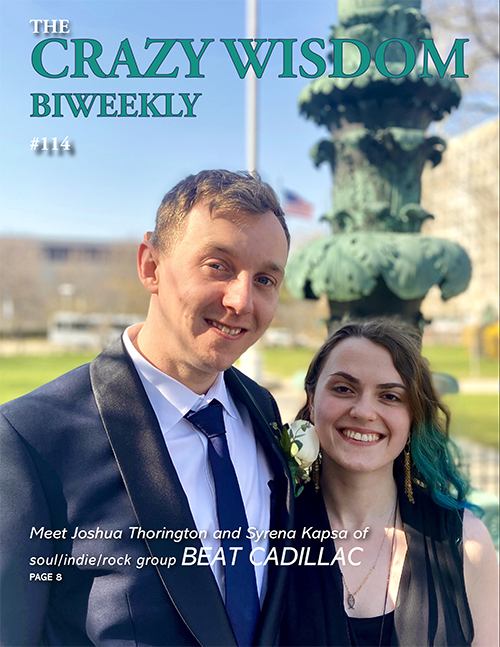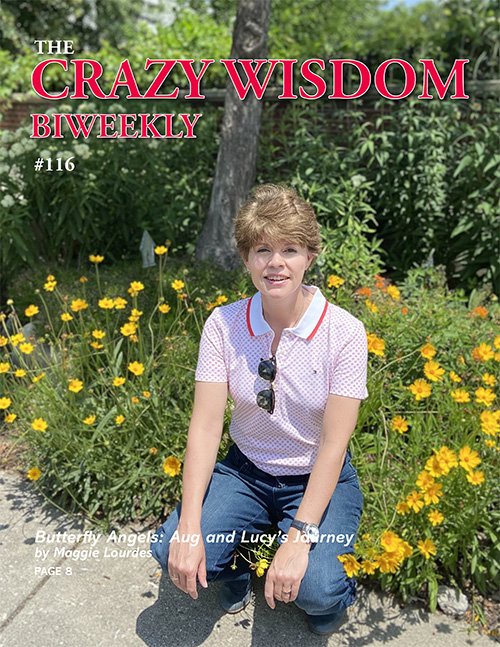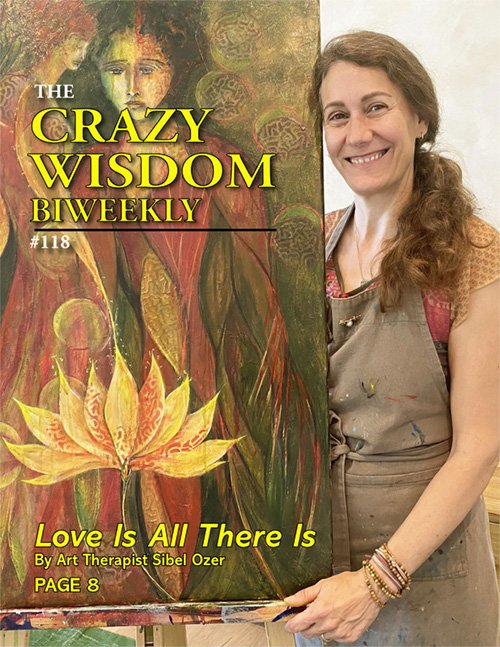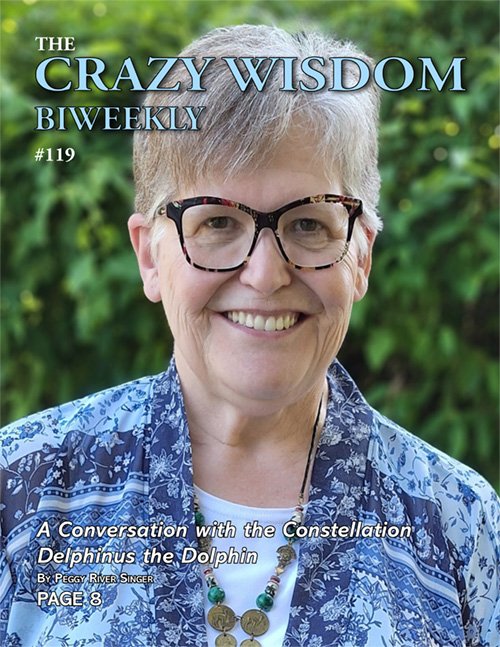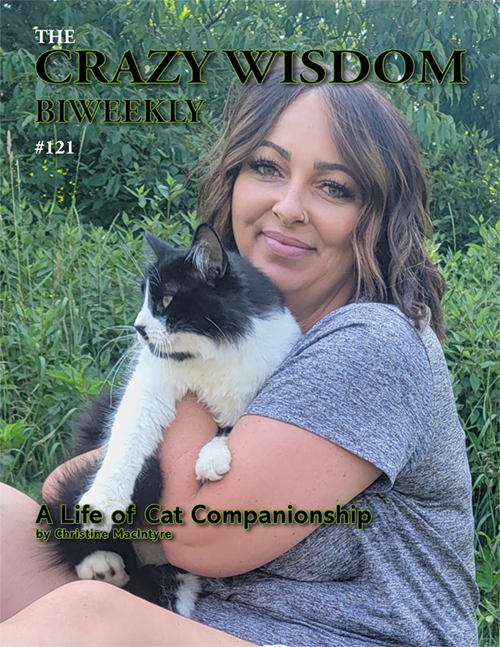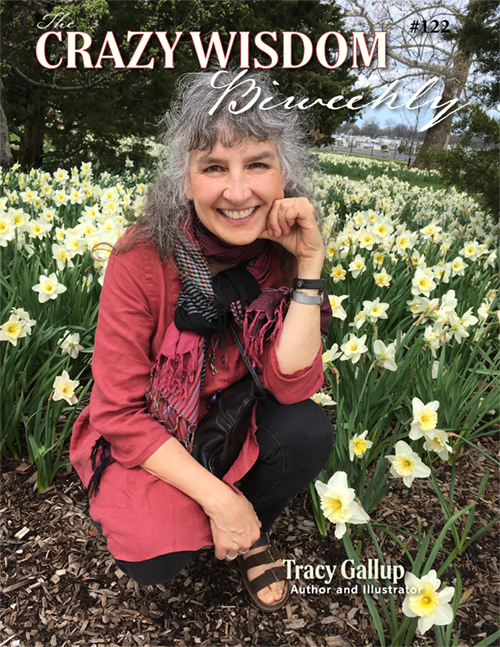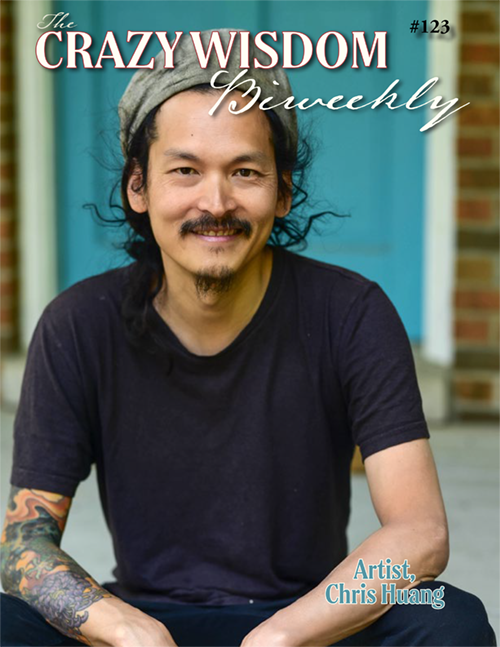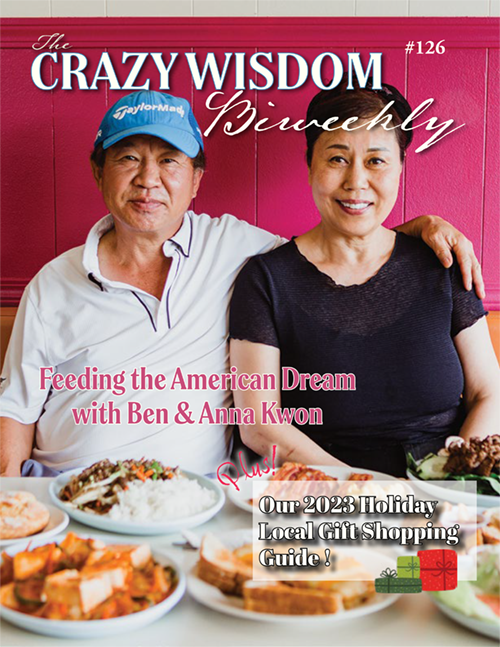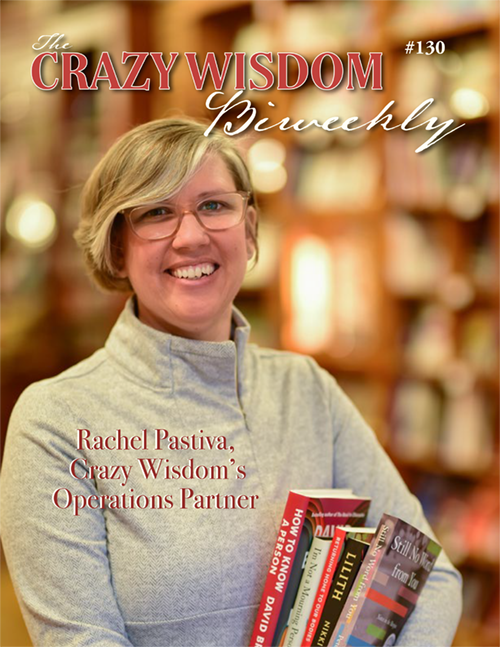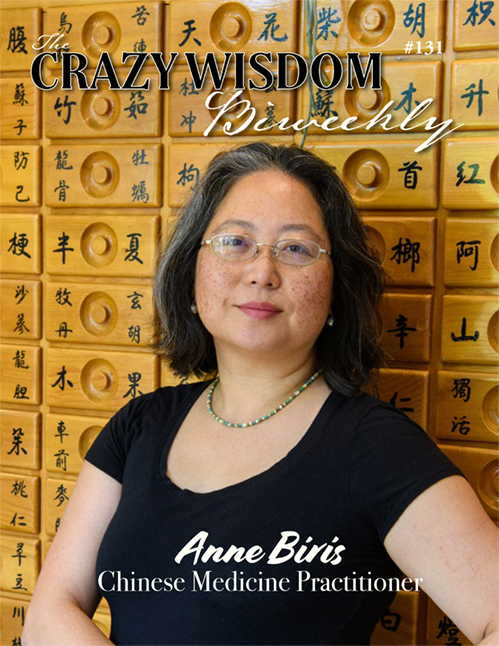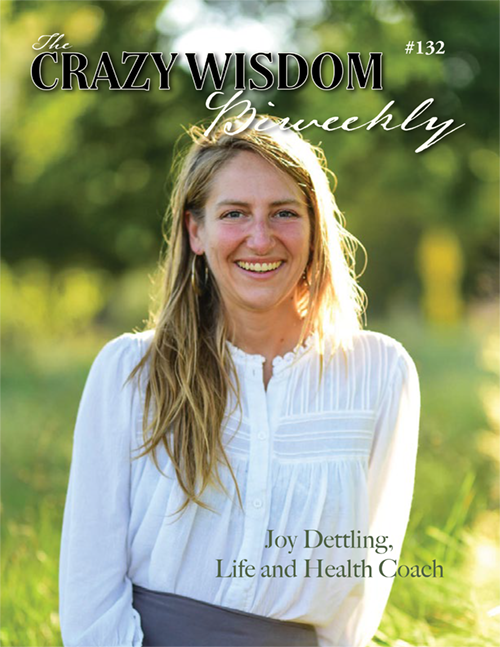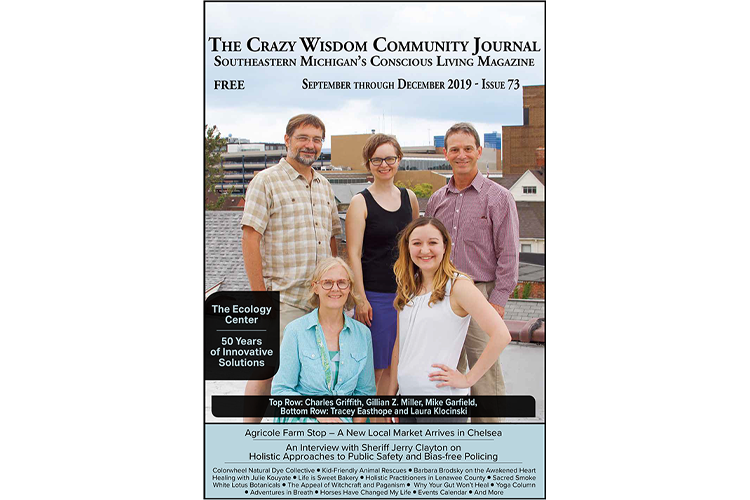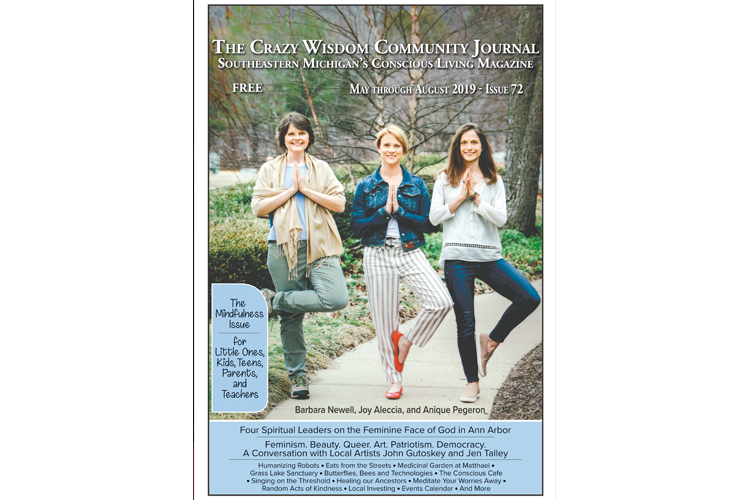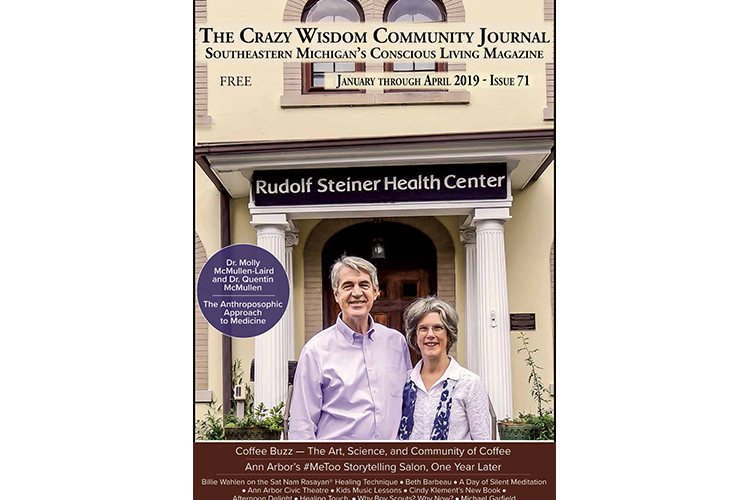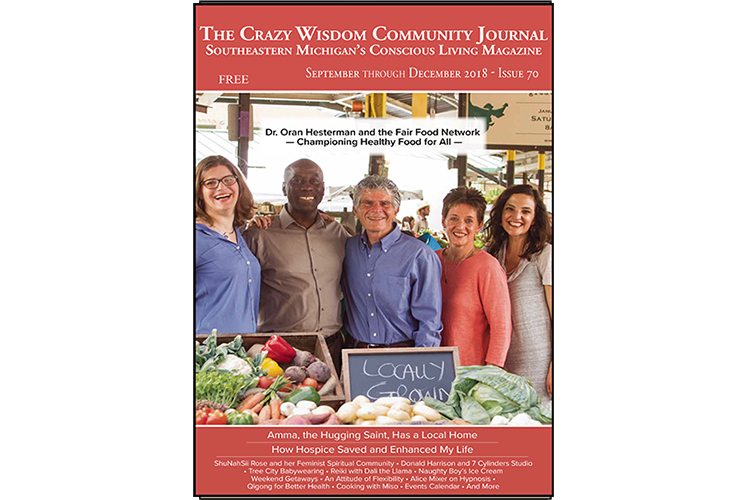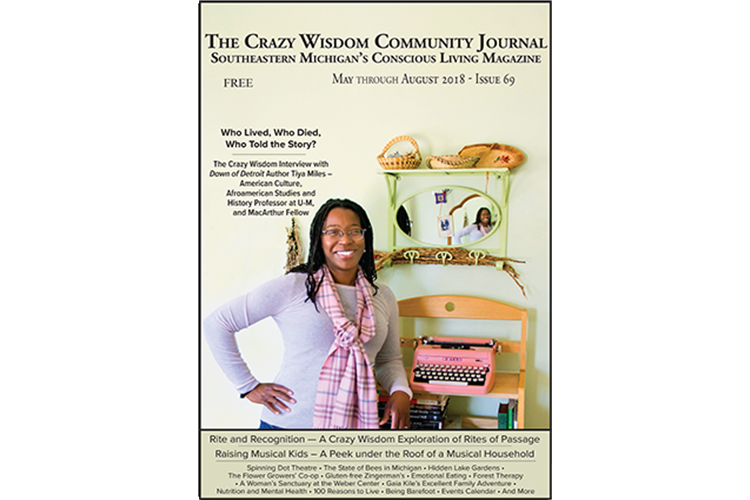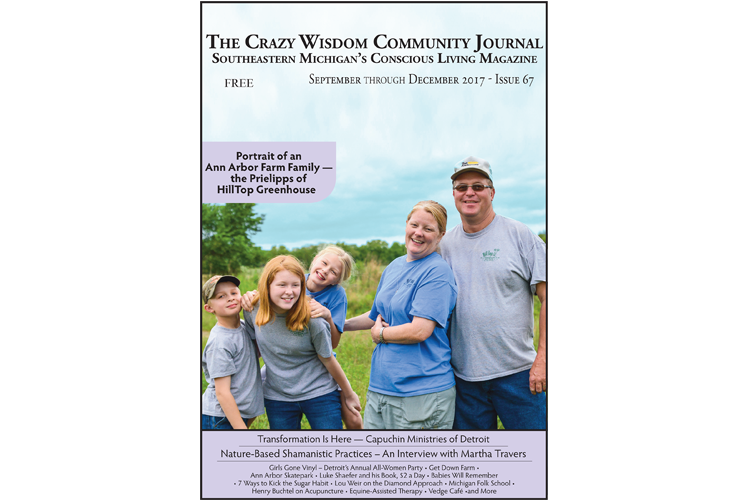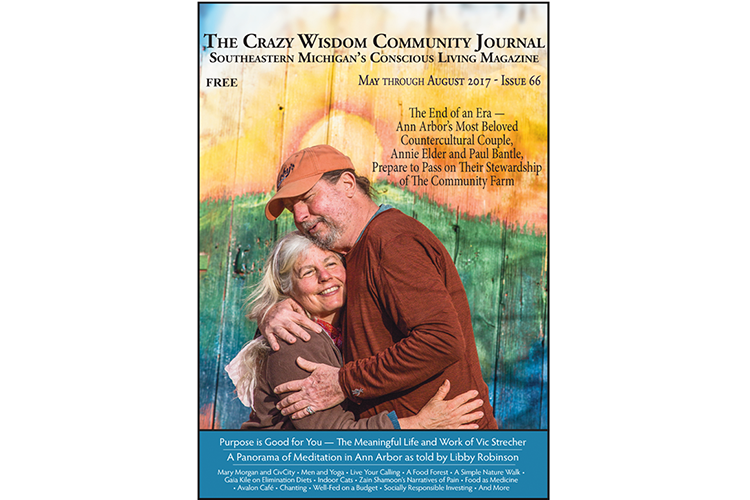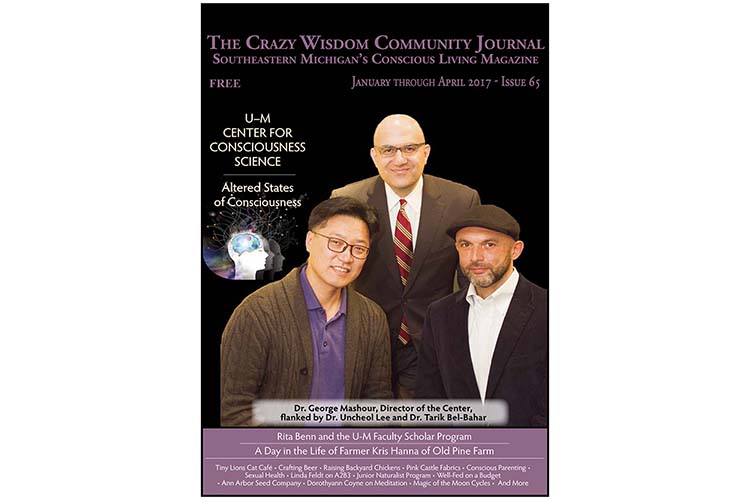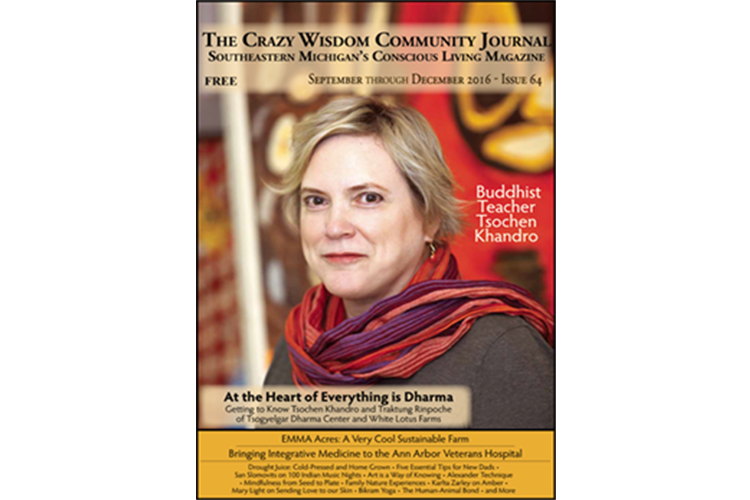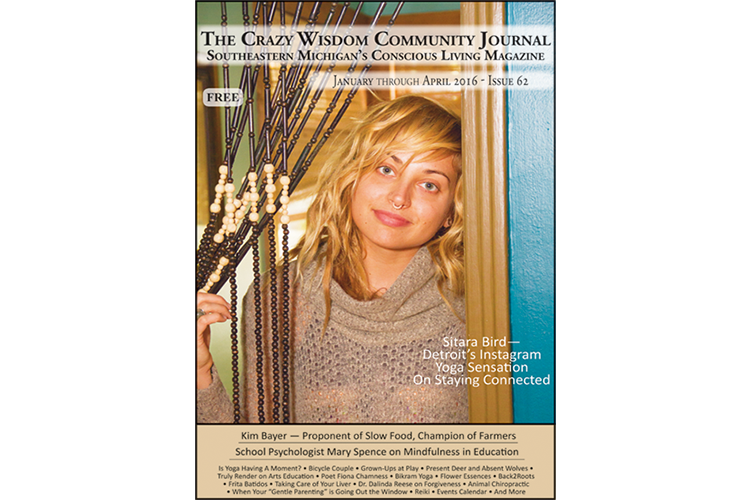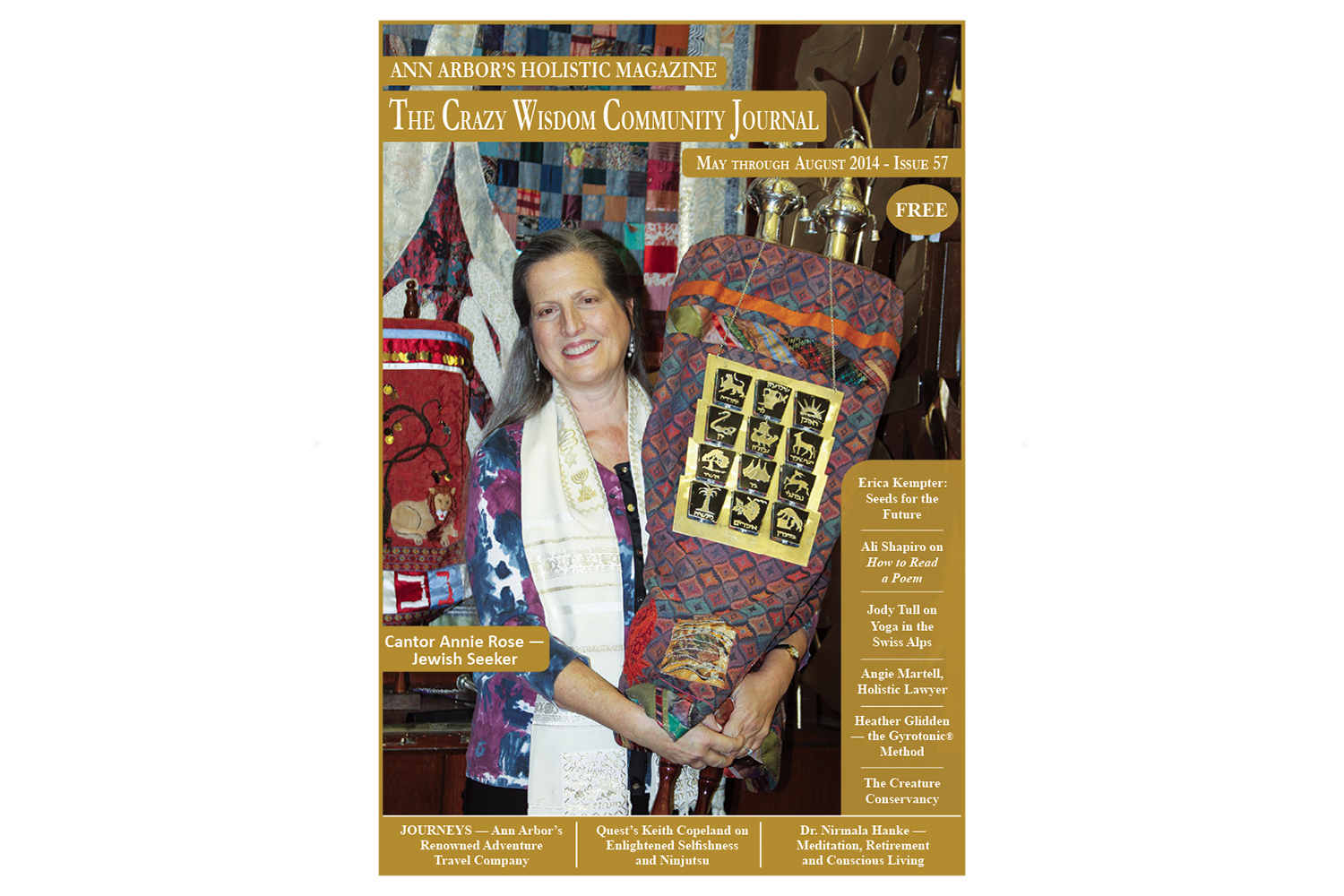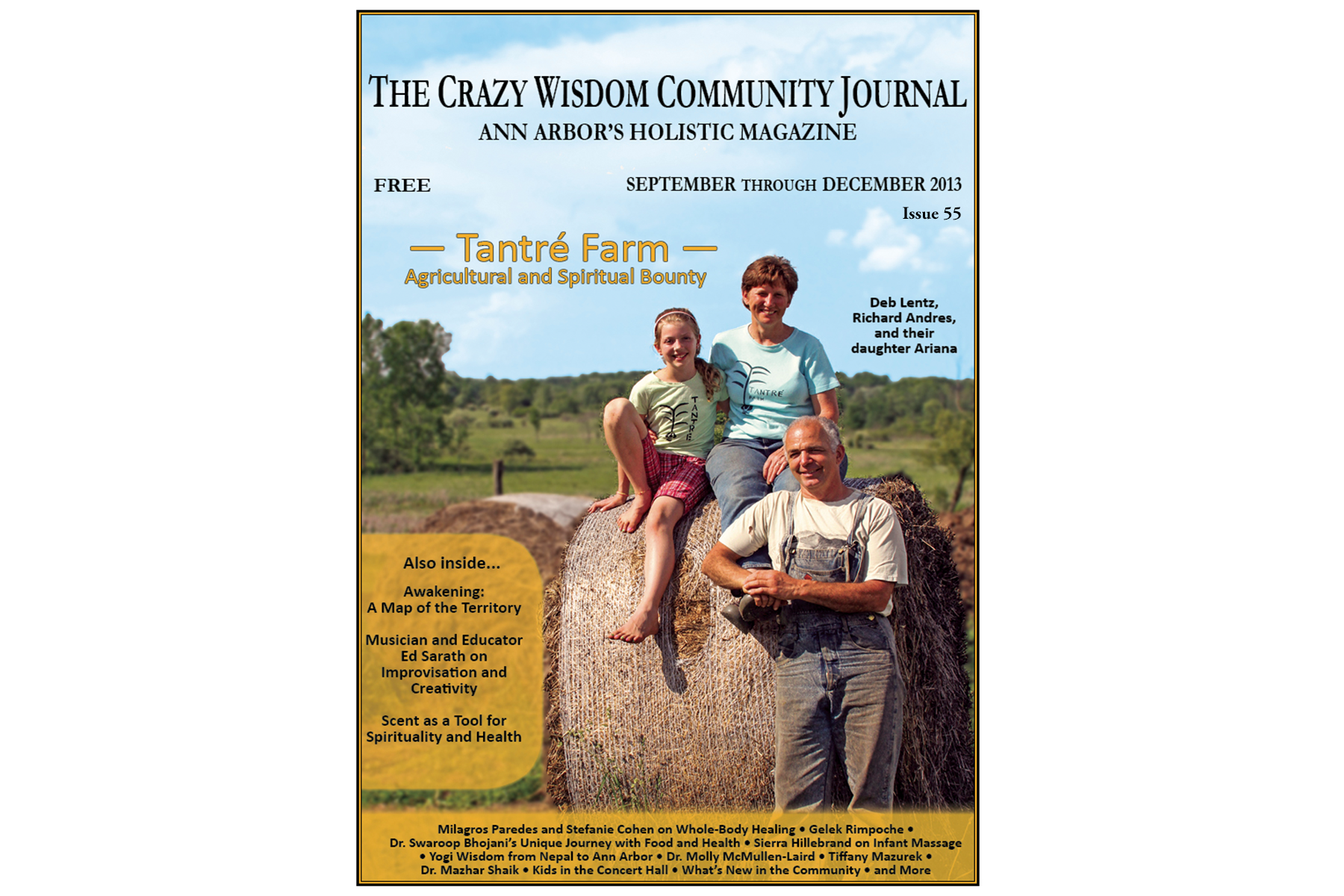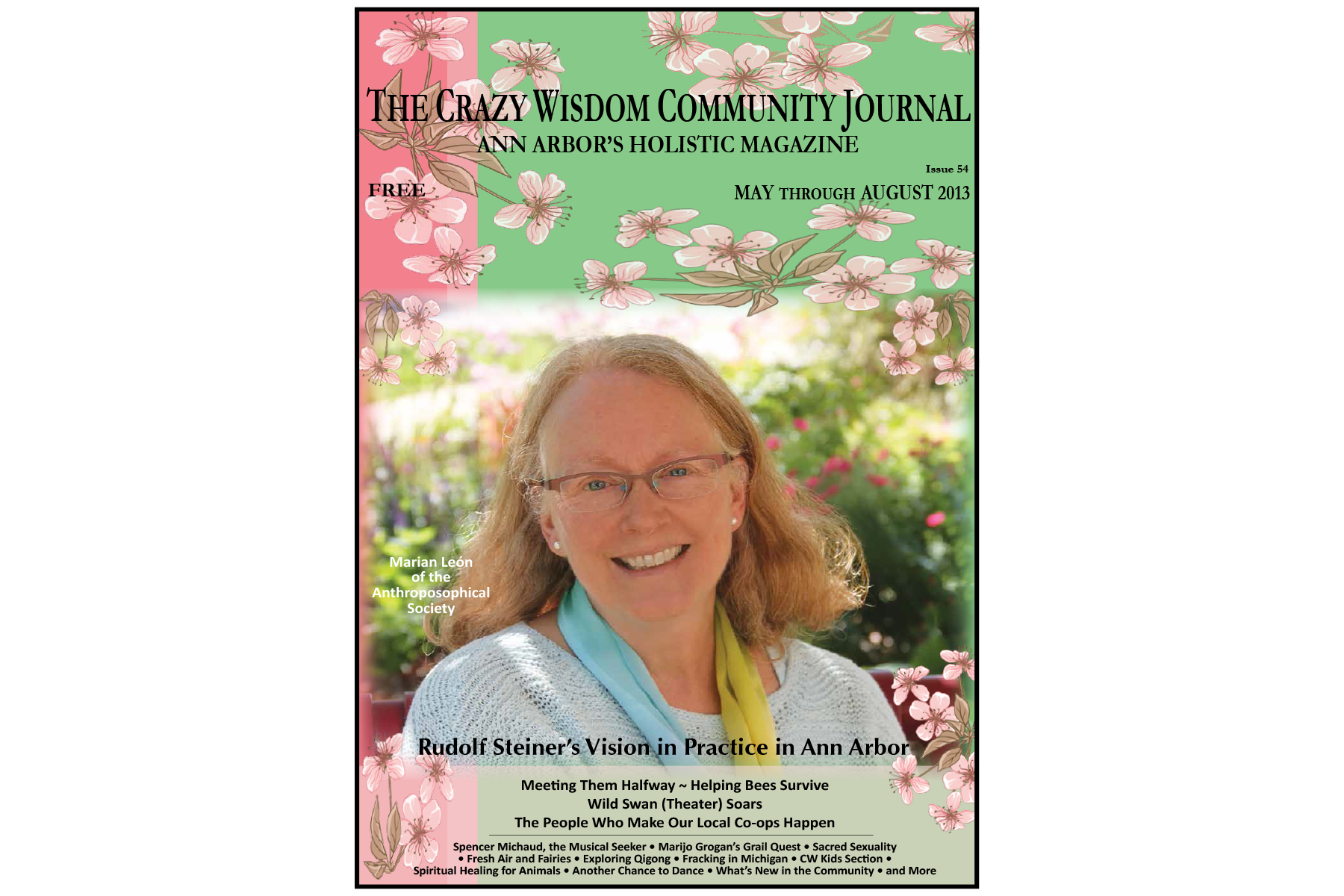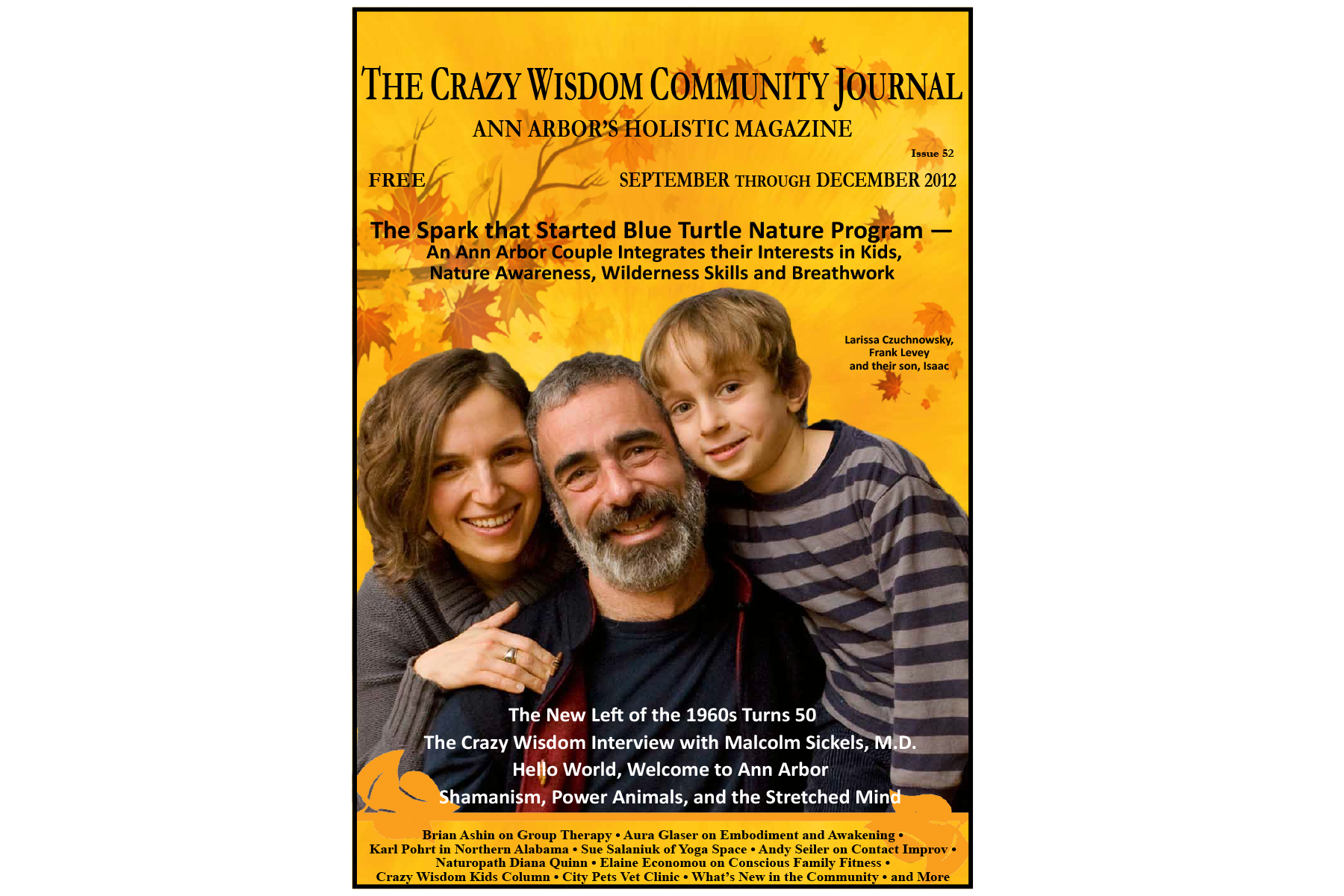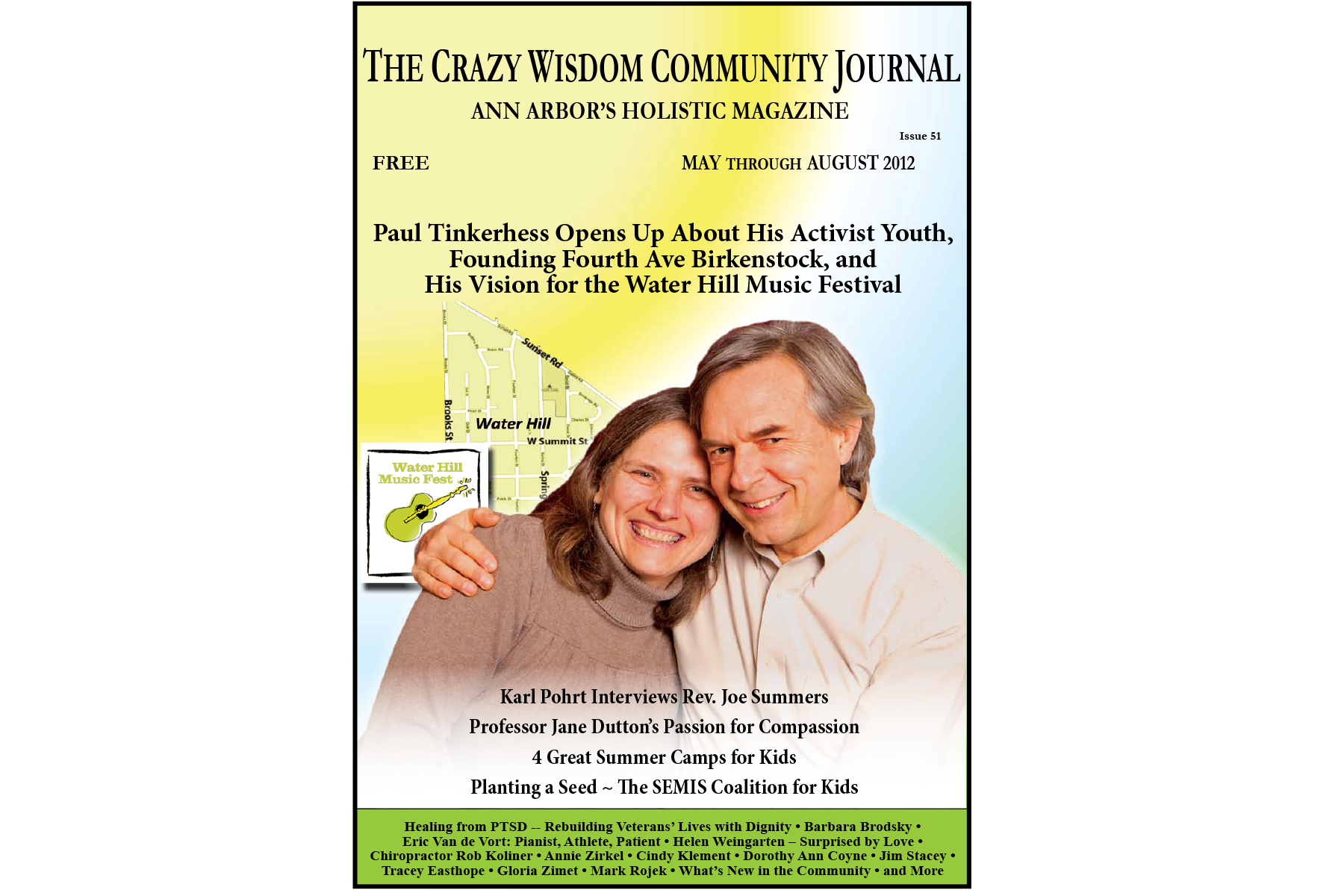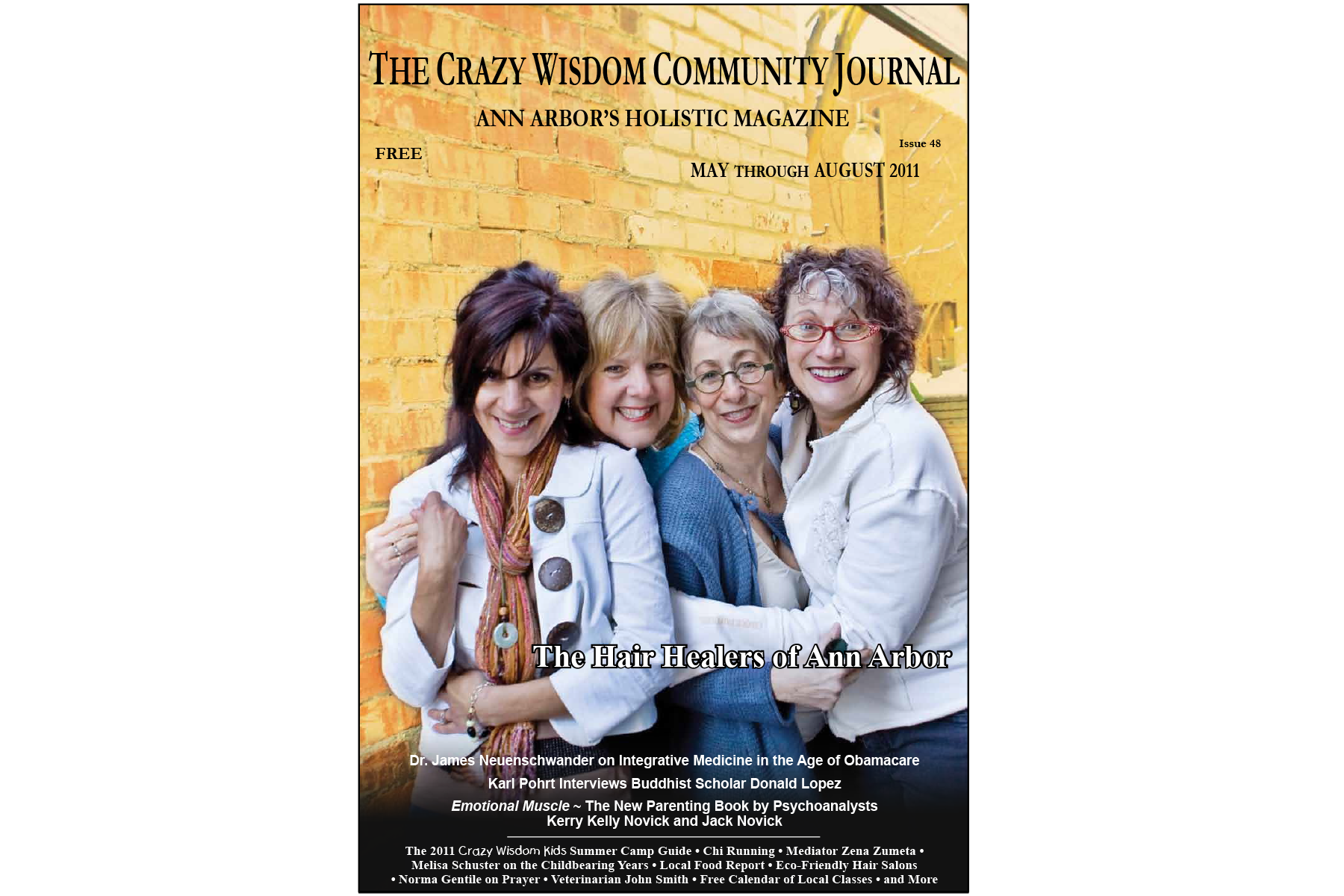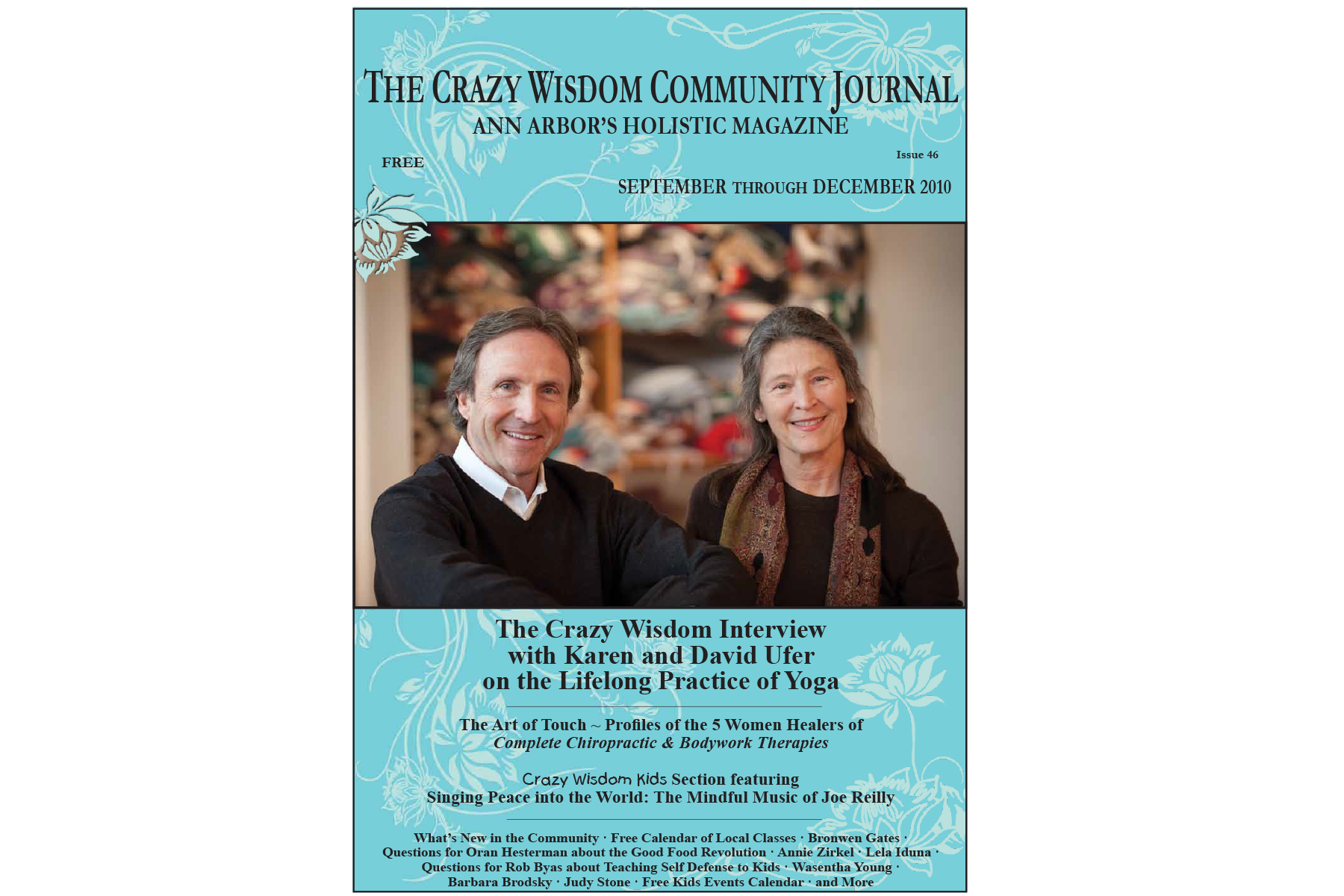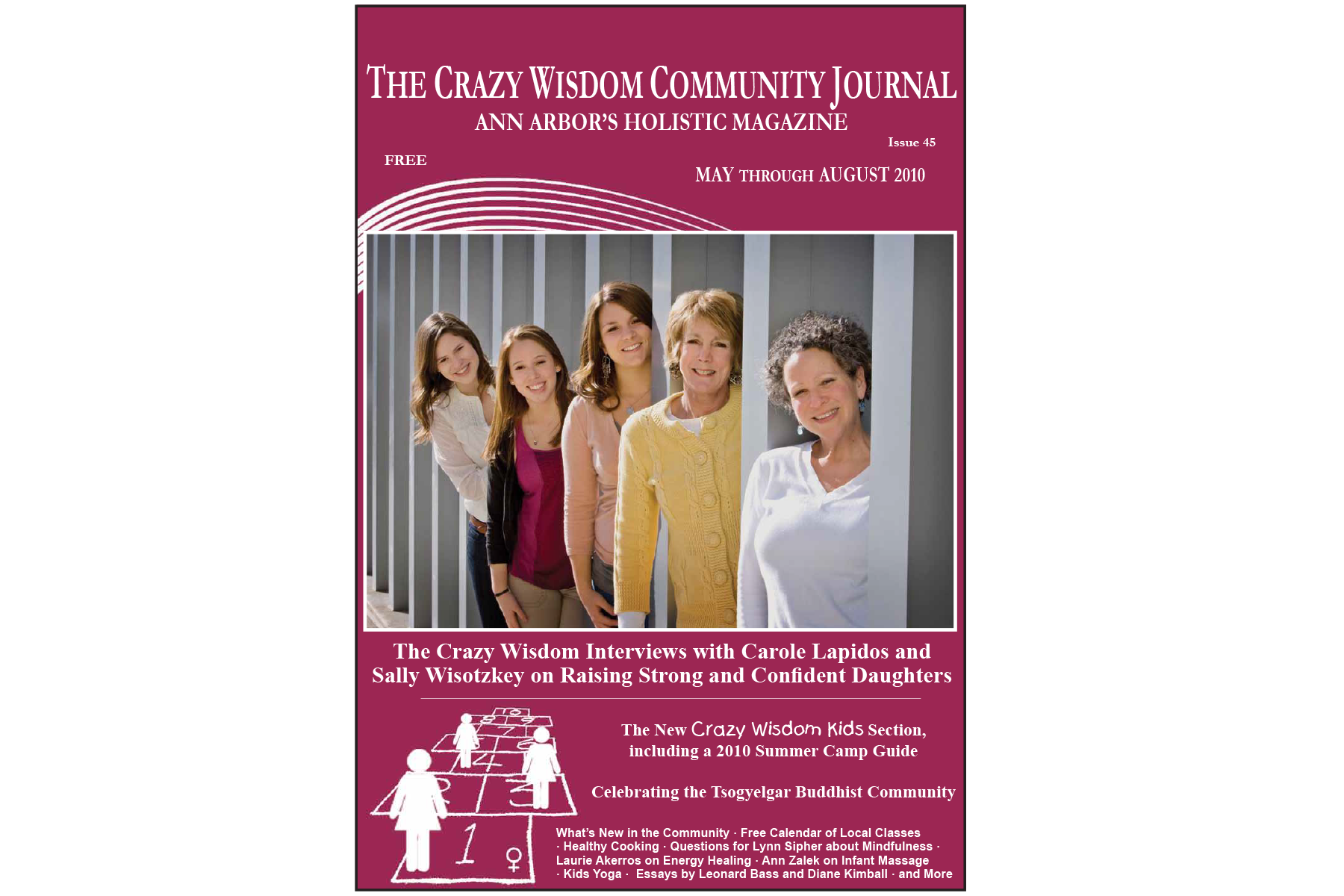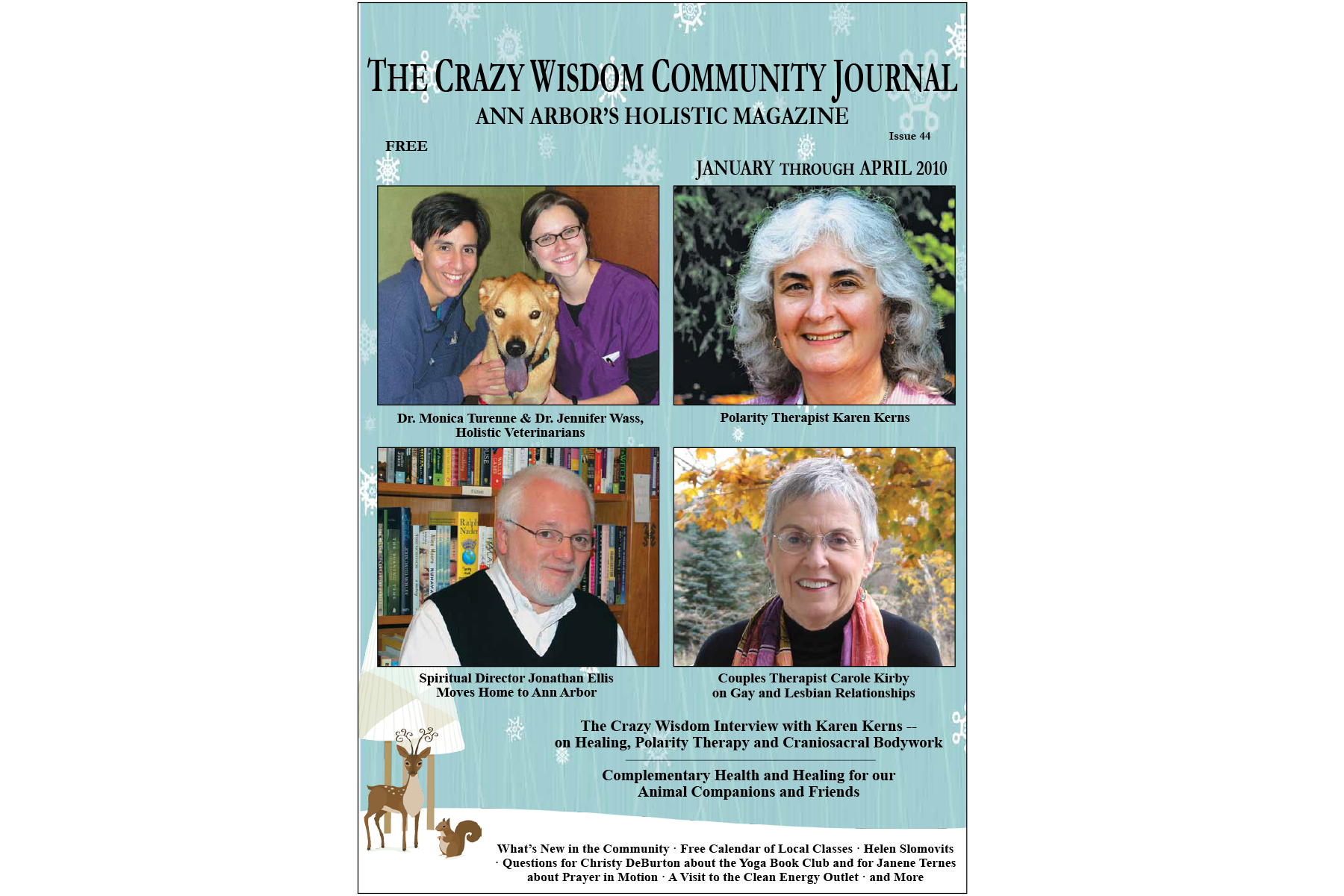The organic farming movement began in the 1940s. People looked around at the rapid evolution of farming equipment and techniques and became concerned by increased soil erosion, a decrease in the quality of food, and a diminishing variety of the crops being grown.
Taking Care of Your Liver
The Consummate Multitasker
By Linda Diane Feldt
The liver is the consummate multitasker of the body. With over 500 functions, the liver is constantly at play to cleanse, store, purify, transform, and support. All we need to do is support the liver, and it will do its work. Somewhere along the line, holistic health care started promoting people actively “cleansing” or “purifying” the liver, as if we could do a better job directing these critical tasks.
In almost all cases, the liver is already doing what it needs to do, and it is doing it brilliantly and thoroughly. And, like all organs and systems of the body, nourishing support would do more to positively affect liver functioning rather than unproven and sometimes dangerous “cleanses.”
The liver needs to move blood through it — every minute or two a liter of blood flows through the liver, and 10–15 percent of your blood volume is in the liver at any given time. Lemons, artichoke, dark green leafy vegetables, celery, beets, and bitter foods are just a few examples of foods that can help blood flow. Garlic, onion, and other alums also have a special role in keeping things moving and healthy in the liver. For best results with garlic, you need to crush the cloves and then wait at least 10 minutes for the chemical reaction that forms. You can then cook with the garlic, or use it raw.
Avoiding processed foods, fried foods, trans fats, and added chemicals will also be beneficial. Poor quality or rancid oils are also problematic. Olive oil and coconut oil have positive effects for the liver. At a time when my liver was very stressed from a chronic health condition, I found that simple soups with lots of lentils or other beans, dark green leafy vegetables, other garden veggies, and simple vegetable stock (or adding miso after cooking) were very helpful and easy to digest.
It is common knowledge that overconsumption of alcohol is harmful for the liver. It is also important as much as is possible to avoid toxins in all forms — what we eat, drink, inhale, and apply topically.
Milk thistle seed (Silybum marianum) extract, or tincture, is considered a liver cleanser according to the popular literature. It actually protects the liver from damaging toxins, and may also help repair the liver — supporting the constant regeneration of the liver. The tincture made from the seeds can be added to water and used preventatively or for active liver concerns.
Dandelion (Taraxacum officinale) as a food and extract nourishes the liver and provides some of the best liver support for liver functioning. All parts of the dandelion can be used. Include dandelion leaves as a pot green, in salads, added to sauces, as a homemade herbal vinegar, even baked in filo dough as a substitute for spinach in Greek recipes. I’ve had some of the best dandelion greens in Greek restaurants, simply cooked with olive oil and garlic. The flowers can be made into wine, which has a lemony taste and can also help with digestion. In winter or if you find it easier, a tincture of dandelion leaves and roots can be used in water.
Turmeric (Curcuma longa) may be able to reverse some liver cirrhosis, as well as to prevent liver damage. It has many other substantial health benefits including being an excellent anti-inflammatory. The root is used in cooking, but for regular intake, a root extract can be taken daily with water.
There are hundreds of other herbs and foods that can benefit the liver. This is just enough to get you started in providing liver support and nourishment. The combination of avoiding what stresses the liver and taking care of your health with liver nourishing herbs will give you immediate benefit.
Liver disease is a serious and sometimes life threatening condition. If you believe there may be something seriously wrong with your liver, you should talk with a medical practitioner right away. A holistic approach can include herbs and food.
Linda Diane Feldt is a local holistic health practitioner “providing an integrated approach to holistic health care since 1980,” with a focus on hands-on bodywork including massage (1973), polarity therapy (1979) and craniosacral therapy (1982). She is also a writer, teacher, and herbalist. Visit holistic.lindadianefeldt.com.
The Disease Prevention Organ: The Most Important Thing You Didn’t Learn in Health Class
By Logynn Hailley
I remember once I had a biology teacher who was giddy about discussing the “millions of chemical processes” in the body. But when we learned about the roles of each organ, the liver was described as if it were a simple filter on a vacuum cleaner. It was there to “remove toxins from the blood.”
Where did those toxins go? We never covered that part.
I assumed they stayed in the liver and that it just turned into a rather gnarly “dirt sponge” as you got older. You could buy a mysterious thing called a “liver cleanse” at the health food store if you worried about it, which I never did … until recently.
I visited a neurologist turned chiropractor named Jen Hartley in Colorado. On my first visit, I learned more in 15 minutes with her than I had in the past 15 years of doctor appointments. The most surprising thing she said was that my hormone-related symptoms were a liver problem.
I had played treatment pinball with my glands and organs for years attempting to correct a mysterious imbalance. But I had never once considered the liver to be part of it. Isn’t the liver at the end of the chain of processes, like the drain everything passes through after its job (good or bad) has been done?
Apparently it is far more than that.
The liver processes Dr. Hartley described would have made my ninth grade biology teacher go into overload. It’s not a “filter” in the sense that we think of filters as an inert sponge for accumulating dirt. It’s more like a factory with an almost magical array of chemical processes. The liver plays an integral role at some point in almost every process in your body, to the point that you might say any disease is caused by the liver not working as well as it should. A healthy liver, fed right, should be able to remove the factors that cause disease.
Hormonal disorders might involve your glands or chemical estrogens from your environment, but it is the liver that controls how much of those hormones remain floating around in your body. The liver is supposed to recycle or remove the excess ones.
Cancer might come from a lack of antioxidants to clean up free radicals, but the liver creates, recycles, and mobilizes the most powerful antioxidants in the body.
Diabetes might involve insulin and sugar imbalance, but it’s the liver that stores, releases, and regulates the body’s sugar-based fuels. The stress hormone, cortisol, might cause stress-related disease but only if the liver doesn’t have the ingredients to deactivate it when it’s not needed.
If you find yourself juggling prescription drugs to regulate all these problems it is probably because your liver isn’t doing it for you. The liver ultimately controls every toxin, chemical, hormone, mineral, vitamin, amino acid, fat, sugar, and protein in your body. Even if its effect comes later when it should be removing the by-products of completed processes. Imagine what would happen if you cleaned your tub so you could take a bath, but the drain didn’t work? You’d have to bathe in dirt, scum, and toxic cleaners. And that is literally what happens inside when your liver can’t clear things out quickly enough.
I’ve often wished for a user’s manual for my body so I could “pop the hood” and figure out what has gone awry, but there is a reason that we don’t have one. It’s because if your liver is working right, it dispatches toxins and corrects imbalances without you ever even knowing it, and that’s how it’s supposed to be.
So, how can we help our magical liver factories get back on the job so upper management (the brain) doesn’t have to handle emergency waste clean-up and disaster relief operations?
For one thing, you might have heard from your yoga teacher that the liver “stores anger,” and it turns out there is a correlation. When your body stresses out, it makes cortisol, and the liver needs a lot of glutathione to get that hormone out of your body. Otherwise it floats around damaging your organs and causing the dreaded “belly fat” problem.
If you don’t get enough glutathione (and you probably don’t) then the first order of business is reducing the need for it by calming down. Practice yoga, walk your dog, smile, and so on. If you’re stressed out and angry all the time, your liver can become chronically backed up. This is how it’s possible to have illnesses with root causes dating all the way back to a traumatic event years and years ago.
The second important thing is to get a little bit of exercise every day. Even a little exercise, like five minutes of sprints, can purge some of your liver’s stored energy (glycogen) and get things moving. The liver was meant to constantly release and then re-stock energy stores. If there is no energy release, things get stale in there really fast. Stale, as in “fatty liver disease” stale.
Third, it turns out that one of your most important jobs as upper level management for your body is to fill all your liver’s orders for necessary ingredients. Make sure to get all the substances to keep each “toxin removing department” of the liver running smoothly. Unfortunately, some of those ingredients are a little hard to come by. That’s why it’s important to make a habit of including certain foods in your diet.
Here’s How It Works:
There are two major detoxification pathways inside liver cells, which are known as the Phase I and Phase II detoxification pathways. In a nutshell, these phases break down (metabolize) toxins through various chemical reactions. The Phase I pathway is responsible for converting the toxic chemical into a less harmful chemical, and Phase II converts the resulting toxic sludge into a water-soluble substance so that it can be excreted from the body via bile or urine. If Phase II isn’t completed or working efficiently, this sludge just backs up and causes a hazardous waste spill in our bodies! Here are some recipes that contain many of the liver-healthy foods you need to assist in these complex processes. Enjoy these whenever you can to keep the polish on your shiny new liver!
PURPLE SUPER SALAD
(Purple produce contains anthrocenes, which assist in Phases I & II Glutathione Conjugation.)
In a large bowl, whisk together:
3 tablespoons almond oil
2 tablespoons fresh lemon juice
1 teaspoon lemon zest
2 tablespoons dill weed, chopped
Sea salt and freshly ground pepper to taste
Then add:
8 cups baby spinach or replace some of the spinach with purple cabbage
1 purple carrot, shredded
2 handfuls of blackberries, black cherries, or red grapes
Some also like this salad with diced black olives and/or a diced hard-boiled egg
EASY RAW VEGAN KEY LIME CHEESECAKE
(Assists in Phase II Glucoronidation, which requires nutrients found in these foods: almonds, brazil nuts, cashews, chocolate, citrus zest, dill weed, dark leafy greens, mushrooms, oysters, peas, pumpkin or squash seeds, spirulina, spinach.)
Crust: Take 1/4 cup dried, unsweetened coconut and sprinkle it evenly over the bottom of your cake pan. Then mix the following in a food processor:
1 1/2 cups walnuts and almonds
1/2 cup dates
1 pinch sea salt
Press this mixture evenly over the coconut.
Filling: In a high-speed blender —
3 cups cashews
3/4 cup fresh lemon juice
3/4 cup honey
3/4 cup coconut oil
1 teaspoon key lime zest
2 tablespoons key lime juice
1 tablespoon vanilla extract
1/4 cup of water, only if you need it to blend. Use as little as possible. Mix until “cheesy” and pour on top of crust. Then put it in the freezer for an hour to get the right consistency. Defrost it for a 30 minutes before serving. It’s super rich tasting and actually tastes like cheesecake.
IRISH BREAKFAST SKILLET:
(Enhances Phase II Acetylation, which requires nutrients found in these foods: almonds, asparagus, avocados, berries, broccoli, cheeses, citrus fruits, eggs, guava, kefir, kiwis, dark leafy greens, lemon, mushrooms, oysters, papayas, peas, pecans, peppers, spirulina, spinach, sweet potatoes, and tomatoes.)
Use a large, heavy bottomed sauté pan with a tight fitting lid. “Grease” it with coconut oil and add:
1 large sweet potato, diced
1 small red pepper, diced
Spread evenly over the bottom of the pan and cover. Turn the heat to medium-high and allow to cook until the pieces begin to brown. It’s okay to turn one or two over and check every couple of minutes. Discard any condensation on the lid, as you want some moisture but not too much. Once the potato is browned on one side, stir it well and spread evenly on the bottom of the pan again. Allow to cook until beginning to soften. Then spread all the sweet potato to the sides, making an open space in the middle, then add:
2 – 4 eggs, cracked into the center
Sea salt and pepper or rosemary to taste
Cover and cook until eggs are almost to desired done-ness. Turn off the burner and add two handfuls of shredded cheese, sprinkled evenly over the sweet potatoes. Cover again and allow to sit for two minutes, then serve. Makes enough for two large breakfasts.
FILLING SPICED FIG PROBIOTIC BREAKFAST:
(Assists in Phase II Methylation, which requires nutrients found in these foods: almonds, asparagus, avocados, bananas, beets, broccoli, raw dark chocolate, eggs, figs, kefir, dark leafy greens, molasses, oysters, parsley, peppers, potatoes, pumpkin and squash seeds, quinoa, shell fish, spirulina, spinach, tea, turnip greens.)
Combine in large breakfast bowl:
½ cup plain kefir (I like goat milk kefir for this)
5 dried black mission figs, diced
4 tablespoons of cottage cheese
1 – 2 teaspoons molasses (to taste)
1 large pinch of ground clove or garam masala
1 small pinch of cayenne pepper (optional, if you like spice)
1 small pinch of ground cumin (optional, but I find it makes it wonderfully aromatic)
Next, stir in:
1 small diced apple
1 cup of grapes, halved
This is my favorite way to get fruit as a meal, and not feel hungry soon after.
A note about the consumption of spirulina:
Spirulina is blue-green algae, which is a fresh water plant. Under stressful or crowded conditions, blue-green algae can become contaminated with microcystins. This cumulative toxin has negative effects, especially for he liver and brain, but also for male fertility. While the probability that any single batch of spirulina contains the contaminant is small, it is still possible. Seaweed, a salt water plant, delivers many of the same nutritional benefits, and more. When gathered by ethical harvesters, it can be considered safer and of equal or greater benefit without the risk of toxic accumulations. At the minimum, please investigate this danger with the individual brands before consuming spirulina.
Kim Bayer: Proponent of Slow Food, Champion of Farmers and Marketers
By Rachel Urist | Photos by Joni Strickfaden
In her blog, Kim Bayer was the “Farmer’s Marketer.” When MLive invited her to write about restaurants and the local food scene, she brought a following. Her prose is a good reflection of the person: direct and lucid. Consider the following, written in May of 2011, about one of her favorite subjects.
My number one place for food in Ann Arbor is our amazing year-round Farmers’ Market. With over 120 vendors (and a waiting list of 100 more), this historic 90-year-old market takes place weekly on Saturdays between the cobblestone streets of the Kerrytown historic district. From April through December the market also runs on Wednesdays. And this summer it’s testing out a nighttime market on Wednesday evenings starting in June!
In person, Bayer measures her words and avoids the limelight. She hesitated before agreeing to be profiled here. Yet she has become a local force in the “good food” movement. She works to promote sustainable agriculture, healthy eating, and ways to create a safe, caring place for ourselves and those around us. She personifies the adage: “think globally, act locally.” She has championed local farmers, markets, and restaurants.
“Kim is our local food hero,” said Kris Hanna-Hirth, owner of Old Pine Farm in Manchester, which raises sustainable and heritage animals for meat. Hanna-Hirth, who is committed to animal welfare, went on:
I don't think you could find anyone more instrumental in the “farm to table” movement in the state of Michigan than Kim. She literally put our farm on the map. She is passionate about helping anyone and everyone create and discover good, local food. Farming can be a tough occupation with many ups and downs. When the drought of 2012 came and just about closed our doors, Kim was there to encourage me. She wrote about our farm to help generate business. She gave us tips on how to generate business. She gave us moral support. During our second year, Kim asked about having people out for a tour to introduce them to our farm. For the business, it was the attention and interest we needed. I truly believe that the Ann Arbor food movement would be lost without her guidance.
Cathy King, of Frog Holler Farm, added:
In her quiet and humble way, with dedication and passion, Kim has changed the face of the local food environment in Ann Arbor. She is the creator and/or prime mover of many local organizations that raise awareness about locally and sustainably produced food. First and foremost, however, she acknowledges the source: the local growers. She has been a great friend to area farmers, and I'm proud to consider her my friend as well!
Bayer’s current focus is the Washtenaw Food Hub, located on Whitmore Lake Road. Our first meeting took place there. It was a cold day in March. We sat for a long time in the large, unheated main room of the farmhouse, the site of meetings, potlucks, and marketing. I had not anticipated such an indoor chill. Bayer offered me her woolen gloves, which I accepted. When my fingers grew numb from cold, we left. We found a warmer site in town, where we continued our chat. I still did not understand the meaning and nature of the food hub. What is it, exactly? Why is it so important? I had read her blog and her MLive articles. I contacted some of her friends and colleagues. But until I researched the food hub phenomenon, my understanding remained sketchy.
Reading about food hubs taught me that they are centrally located facilities designed to collect, coordinate, process, store, distribute, and/or market locally produced food. A healthy food hub consists of a variety of fully integrated businesses, social services, and safe public spaces. They collaborate in innovative ways to leverage profitability and sustainability. For small and mid-sized farmers, food hubs offer greater equity within the food system, since their access to wholesale markets is often challenged.
The U.S. Department of Agriculture estimates that there are about 240 food hubs in more than 40 states. These food hubs help return profits to the farmers of the region. Without them, farmers lose billions of dollars in prospective revenue, given the ubiquity of supermarkets and the convenience they afford. But the produce offered to consumers in these mass vending sites is typically shipped in from afar. Local farmers are left in the lurch. The food hub has, therefore, become a cornerstone, if not a lifeline, for farmers in many regions.
The Washtenaw Food Hub, now in its fourth year, describes itself on its website as “a limited liability corporation…. a single point of contact for local food purchasing, processing, aggregation, storage and distribution.” The Food Hub has three prime movers: Kim Bayer, Deb Lentz, and Richard Andres. The sixteen-acre property, currently owned by Lentz and Andres, lies three miles northwest of downtown Ann Arbor. It contains a farmhouse, a pond, a former feed store building with a front retail area and 95-person event space, storage areas, large loading docks, nine freestanding agricultural structures, and a (recently expanded) 145-space parking area. The Food Hub’s two 600-square-foot, professionally outfitted kitchens are used by several local businesses, which include Locavorious, a business which preserves local fruits and vegetables, several granola businesses, and bakeries. The other large kitchen is occupied by The Brinery, the artisan fermentation business which is the Food Hub’s “anchor tenant.” David Klingenberger, founder and C.F.O. (Chief Fermenting Officer) of The Brinery, can often be found there. He and Bayer have been friends for many years. “She lives to nurture people,” he said. His nickname for her is “Care Bear.” The two friends call themselves “co-conspirators in the good food movement.”
““I’m excited about CSAs — the antidote to the industrial food system. The CSA model provides a real connection between farmer and eater, food and place. It fosters biodiversity. It improves the environment. It’s a win-win situation.””
After winning a U.S.D.A. grant, Richard Andres and friends installed a 150,000-watt solar array on the roofs of two of the buildings. The Food Hub now produces all its own electrical energy. Andres and his crew also did much of the buildings’ interior renovations. Andres is a skilled carpenter, having spent years earning his living in that trade, before buying Tantré Farm, a half hour’s drive from the Food Hub. He did most of the renovations to his farm’s homestead and outbuildings. The Hub also has its own vermi-composting system, run by Jesse Raudenbush of Starr Valley Farms, which turns all kitchen waste into soil fertilizer. “Vermi” is Latin for “worms.” Worms are the key ingredient of the system. Raudenbush sells worm castings and “castings tea” to generate income, promote his classes, and improve soil fertility. Bayer and her fellow organizers are thrilled that the Food Hub site, whose promise they saw so clearly, has become the nexus of farm, food businesses, and community.
Recently, Bayer and her husband of fifteen years bought 187 acres down the road from the Food Hub. They plan to use this land to create a formal partnership with Richard Andres and Deb Lentz, owners of Tantré Farm (profiled in CW Issue 55). The four are good friends. Andres says the organizers are indebted to Bayer for her “vision and support.” He also appreciates her background in information technology, which comes in handy at the Hub. Her involvement with Slow Food Huron Valley means that she is among the folks “with broadest perspective.” They examine “not just our food network,” but that of “every region of the world.”
Bayer has been a member of the Tantré Farm program for Community Supported Agriculture (CSA) these eleven years. Like many CSA members across the country, she rhapsodizes over the development of this institution.
I’m excited about CSAs — the antidote to the industrial food system. The CSA model provides a real connection between farmer and eater, food and place. It fosters biodiversity. It improves the environment. It’s a win-win situation.
She contrasts this situation with the “lose-lose” conditions of industrial systems, which “torture animals, produce unhealthy processed food, disconnect food from people and place, and contaminate the environment.” The Washtenaw Food Hub provides a network for area farmers, a sustainable base where produce can be collected, processed, and sold, a nexus for meeting citizenry and prospective CSA members, and a place where local citizenry can learn more about sustainability and meet the people who grow their food.
The more I learn about Bayer, the more impressed I am by her array of skills and interests. One of her few non-volunteer services was that of a CSA consultant, for which she tapped her encyclopedic mind to match individual preferences and life-styles with specific area farms. Her technological savvy is also impressive, though she hardly acknowledged it. Her bio for the Washtenaw Food Hub hints at these skills, but the bio’s compression is dizzying. It reads:
KIM BAYER is a project manager, communicator, and strategist as well as a veteran community organizer and coalition-builder with deep knowledge of local food systems. Her background includes a Master’s degree from the University of Michigan in Information and Library Science and 15 years of experience at U-M where she and her staff guided strategic direction in technology for teaching and learning. Kim is currently involved in the development of the Washtenaw Food Hub with the goal of establishing health as the standard for economic, environmental and social well-being. Kim has led the creation and implementation of numerous collaborative food system projects, including conferences (Local Food Summit 2009–2014), festivals (HomeGrown Festival 2008–2012), and she teaches workshops and lectures on food system issues. In addition, Kim is a published author and restaurant critic, and she writes on food-related subjects for regional publications and has written several guides to local food in the Ann Arbor area. Kim is the founder and President of the Great Lakes CSA Coalition, a 501c3 created to promote CSA farms and establish wellness rebates from insurance companies. Kim is Chair of the non-profit Slow Food Huron Valley, a board member on the Executive Committee of the Food System Economic Partnership, and the Slow Food Governor of Michigan.
The picture is clearer if we look at her work history. After earning her master’s degree at the University of Michigan in Information and Library Science, Bayer worked for fifteen years, starting at the U-M’s Office of Instructional Technology. Within that office, her team’s mission was to support teaching and learning by helping faculty to understand and use the increasingly rich technological resources at their disposal. To this end, she worked directly with faculty and with technology specialists. She became the team leader for learning technology. Later, she was in charge of support for online courseware. Eventually, her office was moved to North Campus’ Media Center, now called the Duderstadt Center. Her networking initiatives helped create a climate in which faculty learned to share ideas and resources.
Bayer also did strategic planning for LS&A faculty. This involved incorporating technology into classroom learning. For instance, in a lecture hall, an instructor could, with the aid of a simple PowerPoint presentation, have his students respond in the moment in a way that could be immediately calculated. Each student had a device, a “clicker,” with which to answer survey questions on screen. Responses would then be measured electronically, and the professor could assess what worked and what didn’t. For a while, different venues required different clickers. Since students were expected to purchase one for each course, this was expensive, inefficient, and cumbersome. Bayer helped coordinate the technology, so that, eventually, one clicker served all. Bayer pointed out: “It was great for instructors to get feedback from a large group of students, and ascertain in an instant whether they understood or were confused. These technologies tracked attendance, too.”
Among her many achievements during her stint with the University, the one she recalls with the most pride is the “Teaching and Technology Collaborative,” which was her brainchild. She saw that there was a lack of communication among faculty and staff; separate departments did not coordinate their efforts. “They’d get mixed messages or hear different things about what tools to use, or hear that they’d not find what they wanted.” So she organized staff leaders across the University to create the Collaborative to enhance group communication, centralize resources, coordinate efforts, minimize duplication, and inform faculty members about where they should go for different services.
The biggest coordinated effort of this federation was an annual conference: “Enriching Scholarship.” The initial conference, held in May, grew to bring approximately 500 faculty and staff for a week-long extravaganza at the University. Typically, the program includes a keynote speaker, training sessions, films, and open houses. Each year, the technology available for both the conference and general faculty use gains in sophistication.
Through these work experiences, she honed her organizational and networking skills, both of which benefit her current projects. Those include the Local Food Summit, a Slow Food event that she helped to create (and still guides) with colleagues Shannon Brines and Jason Frenzel. The Local Food Summit is a one-day conference which brings together the region’s food system stakeholders (farmers, CSA members, food entrepreneurs, educators, policy makers, health professionals) to develop relationships, strengthen networks, and help develop “the food system that we need.”
The many venues for Slow Food events further testify to Bayer’s organizational skills. Under her baton, events have taken place at farms, in parks, at the Michigan Theater, Washtenaw Community College, the Dexter Train Depot, Matthaei Botanical Gardens, Zingerman’s Events on Fourth, the Ann Arbor Farmers’ Market, Hathaway’s Hideaway, Brines Farm, Food Gatherers, U-M campus, and the Ypsilanti Ladies Literary Club among others.
The local community’s profile in the larger Slow Food movement is significantly enhanced by the Washtenaw Food Hub. A bit of context: the Slow Food movement was conceived in Italy in 1986 by one Carlo Petrini as an alternative to fast food. The goal was to promote traditional and regional cuisine, encourage sustainable farming methods, benefit the local ecosystem, and promote local, small businesses and foods rather than globalized agricultural products. The movement now has over 100,000 members in 150 countries. Its activities now include efforts to support indigenous cultures and create a fair and just food system for all.
Every other October, in Torino, Italy, there is an international Slow Food gathering of people engaged in creating “good, clean and fair” food around the world: the Terra Madre conference. Kim Bayer has gone twice, in 2010 and 2012. She went as a delegate from the “upper Midwest” region, which includes Michigan, Wisconsin, Ohio, Indiana, and Minnesota. The Terra Madre conference brings together more than 1,000 exhibitors from 130 countries, including over 300 Slow Food chapter leaders, chefs, farmers, fishers, eaters, authors, advocates, academics, artisans, international representatives from wine and gastronomy, and Slow Food’s network of small-scale producers and food communities on six continents. The conference features taste workshops, classes, and sessions of various sorts to reveal the impact of our eating and consumption habits on the planet’s inhabitants and ecosystems. Terra Madre (literally, Earth Mother, or Mother Earth) reflects the purpose of the conference, which addresses such topics as climate change, population growth, animal welfare, food waste, land grabbing, and more. Bayer remains actively involved as a chapter leader of Slow Food Huron Valley. She is also the Slow Food Governor of Michigan and a member of the Midwest region’s delegation selection committee.
As a consciousness-raising enterprise, Slow Food has gradually gained purchase across much of the globe. It hasn’t been easy. Competing with big food corporations is a challenge. Megastores truck in produce from all over, eliminating seasons and contributing to the culture of convenience. Small farmers, on the other hand, are sustained by their CSA members: committed individuals who get their food straight from the source, who shop at farmers’ markets, who are determined not to succumb (just) to convenience. Slow Food urges visits to farms, to see nature’s bounty at the source, and to shop at farmers’ markets. People like Kim Bayer have helped us learn to eat mindfully, to be aware of the dangers of rushed convenience. Oven-to-table meals, once called “TV dinners,” may have filled the belly, but they did not always nourish the body, let alone the soul. The Slow Food movement reminds us that process, not processed, is more soulful.
Slow Food proponents are pioneers in a quiet revolution, one that men and women of the Western world will continue to fight in kitchens laden with conveniences. But those conveniences serve inconvenient truths: that careful, deliberative cooking is healthier and more satisfying than food zapped mindlessly in a microwave. Proponents of good (slow) food combine the best of technology with elements of pioneer days. Bayer is one of our latter day pioneers.
Bayer traces her interest in good food to childhood summers she and her sister spent with their paternal grandmother. Given that the girls’ parents worked, summer stays with grandparents were a serendipitous solution to childcare. The girls loved it. Bayer recalled:
We always had dinner from the garden. We helped our grandmother take care of the garden. We helped with the food things, too: canning, freezing, picking peas and shelling them — an entire bushel! I had two different experiences of food growing up. At our parents’ house, it was Campbell’s soups and macaroni and cheese. At our grandmother’s, we picked corn and raspberries in the mornings — in our nightgowns! It was a treat.
She continued: “Learning to bake pies with Grandma was a rite of passage. She taught us patience, too.”
The sisters were different. Bayer was into books, her sister into volleyball. But, said Bayer, “We were Irish twins — born the same year.” They relished their summers in the country. There was a vegetable garden, berries, fruit trees. “Our grandparents were rooted,” she said. “Our parents were nomadic.”
“My parents were hippies, searching, trying to figure things out for themselves. They moved around a lot when I was a kid,” she added. Bayer’s mother, who worked first as a legal secretary, then as a courtroom clerk, put her husband through school. “Dad wanted to be a minister after college,” Bayer said, “but he was drafted and shipped off to Vietnam. When he returned, he no longer believed in God.”
Bayer was born at the Marine Corps Base Camp Lejeune, in Jacksonville, North Carolina. After her father’s tour of duty, the family moved between California and Michigan several times. When she was ten, her parents divorced. Bayer spent ninth grade in San Diego and the last three years of high school in Hastings, Michigan. Those last three years of high school, she said, “were my first experience of being in one school longer than two years.”
Bayer’s father had been an athletic young man. In high school, he played football. Later, he was a paddleball champion, marathon runner, and cyclist. Vietnam cost him his bearings. He worked most of his career directing operations at a racquet manufacturing company. As he became more involved in meditation, he lived alternately between San Diego and Pune, India. Then, in his last twenty years, he traveled the world doing meditation workshops. In a sense, he returned to his early calling. He became a spiritual leader. About five years ago, in what Bayer called a “sad and unexpected” turn, he died in a car accident in Turkey.
Her mother, now remarried, lives just over an hour from Ann Arbor. Mother and daughter are close. “She changed a lot over the years,” Bayer said. “She started doing a lot of sustainable lifestyle things. She [and her husband] have 10 or 12 acres. They have a flock of sixty chickens. She cans, has a greenhouse, a big garden, and cooks wonderfully.” Recently, mother and daughter took a beekeeping class together. Each now has her own hive.
Bayer’s journey has certain parallels to that of her mother. Both married young, divorced, then remarried. Bayer’s 28-year-old daughter, the product of that early marriage, now lives in New York City. As a graduate student at Columbia University, she focused on Public Health. She now works at her alma mater. She is fluent in both Spanish and Mandarin and lived in Mexico (one year) and in China (two years). Bayer is fiercely proud of her daughter, but speaks of her only when asked.
As Bayer talked about her current involvement with food, she unwittingly revealed a connection to her father. For her, food represents a road to spiritual enlightenment. She searches for ways to make the world a better place. She said: “There are lots of avenues into that better world. For me, food has provided that avenue into caring about a place and about our relationships with the community; trying to create the world as it should be.” This caring, this pursuit of a better world, may be the passion that fuels her activism. She continued:
““There are lots of avenues into that better world. For me, food has provided that avenue into caring about a place and about our relationships with the community; trying to create the world as it should be.” ”
One of the things I appreciate about rebuilding the food system is the fact that there is so much creativity and collaboration and hope and justice in that picture. When President Obama was elected, Michelle Obama said that their goal was to build the world as it should be. To me, creating a food system that reflects what we need is a way of creating the world as it should be.
In July 2007, during Bayer’s nascent involvement with the Slow Food movement, a quirky event caught her attention. It was the “Pie Across America” bus tour, which made about a hundred stops as it crossed the country. Organizers of this bus tour saw pie as a symbol of, or a connection to, place. The tour inspired Bayer to launch a festivity called “Pie Lovers Unite,” which was a stop on the bus tour. The local event, which was held in Ypsilanti, won the tour's "Best Pie Event.” It is now a fixture on the Slow Food Huron Valley calendar. In July 2011, writing in MLive, Bayer quoted from Pascale Le Draoulec’s 2003 book American Pie: Slices of Life (and Pie) from America's Back Roads:
By the turn of the century, it was not unusual for an American to eat a slice of pie daily. In 1902 when an Englishman suggested this was gluttony and that, perhaps two slices a week would be plenty, the New York Times responded thusly: ‘It is utterly insufficient...as anyone who knows the secret of our strength as a nation and the foundation of our industrial supremacy must admit, Pie is the American synonym of prosperity, and its varying contents mark the calendar of the changing seasons. Pie is the food of the heroic. No pie-eating people can ever be vanquished.’
Pie Lovers Unite is an annual celebration of food, community, life, and the skills our grandmothers taught us. There is live music — a pianist (PIE-anist), themed pie walks, a pie contest with prizes, a haiku (PIE-ku) poetry recital, and of course, pie eating. There are also pie quotes and a recipe swap. In 2015, the event entered its ninth year. Over sixty homemade pies were on hand at the extravaganza.
There are many more events on Bayer’s monthly and weekly schedule. She is involved in food-centric book club meetings. She rattled off titles of some of her favorite books: Rebuilding the Foodshed: How to Create Local, Sustainable, and Secure Food Systems (Chelsea Green, 2013) by Philip Ackerman-Leist; The Omnivore’s Dilemma: A Natural History of Four Meals (Penguin, 2007) by Michael Pollan; Animal, Vegetable, Miracle: A Year of Food Life (Harper Perennial, 2008) by Barbara Kingsolver.
“I think everyone should read Leist’s book,” Bayer said. She is working on that.
I’ve contacted the Ann Arbor District Library about the Ann Arbor Reads project. I’m looking for a bookstore to partner with us. Slow Food would buy 100 books to help get people to engage with the subject. We’re just developing the idea for it. We could partner with the library to do an Ann Arbor Reads event. Then, either Slow Food or the library would buy and promote the book. We’d develop events around topics in the books: farm tours, urban farming, and gardens. We would get wider community engagement with ideas from this book, which could lead up to next year’s Local Food Summit. We would get the author as keynote speaker!
She mentions Love Where You Live: Creating Emotionally Engaging Places (Creative Cities Productions, 2015) by Peter Kageyama, who talks about using creativity and ingenuity to take existing social capital and expand on it. Bayer focuses on Kageyama’s injunction to take action. She channels him when she says: “That step of taking action — any action — in a positive direction, is a crucial thing. You have to take one step; it will take you to the next.”
Wendell E. Berry is another one of her role models. Now in his eighties, he remains active as a novelist, poet, farmer, environmental activist, cultural critic, and academic. Berry was born and raised in Kentucky, where he still lives. His many honors include The National Humanities Medal and the 2013 Richard C. Holbrooke Distinguished Achievement Award. In 1989, Berry gave a commencement speech in which he exhorted the graduates to:
Make a home. Make a community. Be loyal to what you have made. Love your neighbors — not the neighbors you pick out, but the ones you have. Love this miraculous world that we did not make, that is a gift to us. Find work, if you can, that does no damage. Beware the justice of Nature. Understand that there can be no successful human economy apart from Nature or in defiance of Nature.
Berry talks about husbanding the world and is often cited for his pithy philosophical ruminations, much as Oscar Wilde is cited for his aphorisms. Choice Berry maxims include:
The care of the Earth is our most ancient and most worthy, and after all our most pleasing responsibility.
To cherish what remains of the Earth and to foster its renewal is our only legitimate hope of survival.
Better than any argument is to rise at dawn and pick dew-wet red berries in a cup.
The past is our definition. We may strive, with good reason, to escape it, or to escape what is bad in it, but we will escape it only by adding something better to it.
Whether we and our politicians know it or not, Nature is party to all our deals and decisions, and she has more votes, a longer memory, and a sterner sense of justice than we do.
Berry is a fellow of Britain's Temenos Academy, a society devoted to the study of all faiths and spiritual pursuits. Such pursuits dovetail with Bayer’s approach to life. She is an active optimist. She focuses on the here and now. She looks for ways to improve the world around her. She is not blind to the world’s cruelty, but she chooses to keep the more terrifying globe events outside her purview. “The news will always be bad,” she said. “The media relies on negatives, fear-mongering, and sensationalism. But there are good things, too.” She explained:
The problems of the world can make us feel hopeless, or paralyzed. But to me, that’s where the power of collaboration and creating a place that we love — even in our own small sphere — is critical. None of us can do anything big alone. But anyone, any ordinary person, can do something significant with other people.
Bayer owes some of her philosophical nature to maturity and native grace. She has also learned from various local heroes. Among them is Grace Lee Boggs, the Chinese-American Detroiter who died at age 100 this past October. Philosopher, writer, and activist, Boggs is said to have done more for civil rights than most black leaders of our era. Bayer echoes Boggs in saying: “We need to grow our souls. Every single person can contribute in some way. We need to create the world anew.”
Ann Arbor’s Jeanine Palms (profiled in CW Issue 53) is another hero. Bayer calls her “one of our national treasures.” Bayer learned from Palms that any ordinary person can touch the lives of hundreds of people. Bayer resembles Palms when she says: “I’m not anything extraordinary. Any ordinary person can do something.” Bayer adds: “Jeanine is an example of someone who lives her values. It’s incredible how one person can greatly influence so many lives.”
““It’s a challenge because it’s not always easy to know how well restaurants match their marketing with their values. Those that do live by good values pay their staff a living wage. The realm of values goes together.””
Bayer delights in such Ann Arbor events as the Urban Farm & Garden tour in July, which involves visiting different gardens in the Old West Side neighborhood. One backyard has a hoop house. Another homestead has native and edible landscaping. Erica Kempter, a board member of Slow Food and owner of Nature and Nurture Seeds, a local seed company, grows and develops regionally adapted seeds. Her home is on the tour, as is that of Eileen Dickinson, who does biodynamic beekeeping. Bayer and Dickinson talk bees. Bayer said she has learned a great deal from Dickinson. In the wake of Colony Collapse Disorder, they are determined to do their bit to help restore the bee population. Bees are among the most important vectors for plant fertilization — along with wind, water, butterflies, birds, insects, bats, and other animals that visit flowers. Since the bees’ disappearance, crops have suffered.
In at least one of her articles, Bayer mentioned Ann Arbor Restaurant Week. I wondered how it earned this mention, so I asked whether these restaurants use only local or organic foods. Bayer said it’s impossible to know. She asks questions. If a restaurant boasts about using locally grown food, she asks: “What farms do you work with? Where are they? What do they specialize in?” She notes that some restaurants will buy a couple of packages of herbs from a local farm and then say they support local farmers. “It’s a challenge,” she said, “because it’s not always easy to know how well restaurants match their marketing with their values. Those that do live by good values pay their staff a living wage. The realm of values goes together.”
““Whether we and our politicians know it or not, Nature is party to all our deals and decisions, and she has more votes, a longer memory, and a sterner sense of justice than we do.””
She delights in community-driven events that have taken root. She cited “Festifools” as an example.
It started out as an April Fool’s parade. Initially, it was a bunch of crazy people, students. They made huge puppets and paraded down Main Street. It turned into this huge event. It spawned Fool Moon. It brings hundreds of people into the process of creating puppets for these events. It brings luminaries. No one wins anything, but it brings people together in a place of creativity.
Such events reflect a love of community, one of the central tenets of environmentalist philosophers such as Berry and Boggs. Bayer herself has become an inspiration, role model, and source of moral support to many in and around Ann Arbor.
Bayer’s close friend, Diana Dyer, testifies to Bayer’s influence.
I consider myself amazingly fortunate to have met Kim, to have had so much time with her, to have had so much of her insight and support. She has had a great impact on my own life. It was Kim who made the comment that, to her, learning about and supporting local food was about forming community. I didn't fully get that right away, but I always remembered her words. I remember exactly where I was, when I realized how enmeshed I was in our area's local food movement. I had acquired a community of supportive new friends with common beliefs and purpose. That moment brought tears to my eyes then and still does today — tears of happiness and purpose and pride.
Dyer is a nationally known dietician, author, and educator. She is also co-owner, with her husband, of the Dyer Family Organic Farm. They grow forty varieties of garlic. They have a CSA. Dyer and Bayer met eight years ago. They began to meet weekly, along with Ruth Blackburn, a mutual friend, at Café Verde on Fourth Street, near the farmers’ market. Blackburn is the Nutrition Services Director at the University of Michigan and has a long history of work in food service, education, and farm to school programs. She called Bayer the most “amazingly creative thinker and the best listener I have ever met.” Recalling lunches, Slow Food events, and interviews Blackburn felt privileged to attend, she noted that Bayer’s “calm, welcoming manner,” sans urgency or judgement, puts others at ease. Blackburn considers Bayer a personal role model, someone whose friendship and example she cherishes. The women have helped one another through personal as well as business challenges. They discuss how to live according to their values, “with purpose and joy,” as Dyer put it.
Dyer composed a list of things she admires in Bayer. That list includes:
Kim's quiet nature and natural kindness; exceptional listening skills; sincere interest in the person speaking; her practice of taking notes about ideas and connections; her wide array of friends and acquaintances; her willingness to call people she does not know; her belief in cooperation versus competition.
“Without Kim's support,” Dyer added, “I don't know if we would have actually had the courage to take the leap in 2009 to become ‘old-new’ farmers.” (Dyer was 59 when she and her husband bought their farm.) “Kim and her husband, Bob, quietly but persistently nudged us to start a CSA for our garlic farm. They were the first to sign up for our CSA back in 2011.”
Knowing that Bayer considers her a close friend is a great honor. Dyer, like others, gushes when talking about this “treasure” of a friend. “Kim has done so much for me. I don't know if I can reciprocate fairly. But I learned long ago that life is not about fair or 50/50, or even reciprocating. It is about sharing and helping where we can.”
It took work to get to know this much about Kim Bayer. With her low-key, soft-spoken, unassuming manner, her private and modest nature, her reticence about her expertise in many areas, she is a curiously endearing presence. When she smiles, the dimples in her cheeks, along with her twinkling blue eyes, light up her face. She is not physically prepossessing, but she casts a spell. People are drawn to her. She is thoughtful and deliberate. She wastes neither words nor energy. Working towards a sustainable future gives value, meaning, and purpose to her days. “It’s all about finding home,” she explained.
It’s about creating home and a future I want to be in and a future for the people who come after me. I didn’t have a home place growing up, and I know how lost I felt without that. And now when I think about how to be the best version of myself, that version of me aspires toward what the inimitable Mr. Berry suggests: ‘Make a home. Help to make a community. Be loyal to what you have made.’ When you love something you fight for it and protect it. If I could do anything it would be to inspire every person to love their home place and their community, to fight for it and protect it. I have observed that we evolve personally as a result of that struggle.
In a paper entitled “Leverage Points: Places to Intervene in a System,” Donella “Dana” Meadows wrote: “I believe the food movement is simply the most powerful place that I can try to intervene in the system of corporate hegemony that creates climate change and the poverty and structural racism that plague our country.” Bayer embraces that ethos heart and soul. Yet, in her predictably self-effacing way, Bayer added: “I haven’t done much of anything on my own.” She credits many others with the advances made in the local food movements. These others include Deb Lentz, Richard Andres, Diana Dyer, Shannon Brines, Jason Frenzel, the late Chris Bedford, and many others. Farmers Ken and Cathy King, along with other farmers, are “masterful community builders.” They produce food that is good for people and planet. Together, the group has worked to establish what Dr. Martin Luther King called the “beloved community.” The collaborative achievements of this group of people are, as Bayer put it, an example of Margaret Meads’ words: “Never doubt that a small group of thoughtful, committed citizens can change the world; indeed, it's the only thing that ever has.” Bayer said that she feels fortunate “to follow in other footsteps, to find my tribe, and to work alongside incredibly creative, caring, and committed people.” She is deeply grateful for the friendships and partnerships she has forged in her pursuit of a better world. She firmly believes in the notion that an alternative universe is possible. It is a universe in which we care for our place and each other. The problems that plague us, said Bayer, “are issues we must solve in our time.”
For more information about the Washtenaw Food Hub, visit washtenawfoodhub.com. For more information about Slow Food Huron Valley, visit slowfoodhuronvalley.com.
Intentional Leftovers — Always Cook for More than One Meal
By Liza Baker
Winter is prime time for getting our kitchens in order and cooking from scratch — colder weather tends to keep most of us indoors, and if we really listen to our bodies, we often find ourselves craving heavier dishes — perhaps soups and stews made of red meat in place of grilled fish or chicken, denser root vegetables in place of fresh salads. Energetically speaking, we are balancing out the buoyant, outward facing yang energy of summer, redirecting it to the more subdued, inward facing yin energy of winter.
The part of my health coaching work that I call “kitchen coaching” supports my clients in reclaiming their kitchens and “flipping” them so that they can make 21 meals a week from scratch, even if — like me — they work more than full-time and manage a family “on the side” (the Mom/Dad shift is in and of itself way more than full-time).
Cooking from scratch at home can be the first step to changing our health — done right, it can also save lots of money and chip away at the vast amount of food (reportedly 40 percent!) that gets thrown away in America, cluttering our landfills, creating greenhouse gas, and wasting the precious natural resources that went to grow it in the first place. Reclaiming our kitchens helps us keep an eye on the triple bottom line: the health of our bodies, our environment, and our economy — the local one as well as our own time and money budgets.
To flip a kitchen, it’s important to start with the basics — from knowing what to stock in the pantry to buying and caring for a good quality knife, from choosing seasonal ingredients to storing them, from batch cooking “building blocks” to getting three meals out of a single chicken.
One exercise I love to do with my clients is deconstruct recipes — really pick them apart into a few core ingredients, steps, and techniques. Ironically, this ultimately frees them from recipes because they learn to substitute what’s in-season locally. And if they have a properly stocked kitchen, they can do it without wasting precious time and fuel running to the store. Perhaps even more importantly, clients begin to realize that what they thought were leftovers — cooked meats, beans, grains, and vegetables — needn’t spoil in the fridge: they are ingredients for a quick meal on a busy weeknight!
This can happen in one of several ways: we can cook a large number of finished dishes that we then refrigerate or freeze to reheat and eat later (think chili and lasagna), or we can batch cook what I call “building blocks” — stocks and sauces, beans and grains — that can become part of a meal later in the week. But these options assume that we can take two to three hours on the weekend or — even less likely — on a weekday to accomplish this.
The first option also assumes that you (and your family) like leftovers. There are many people who do, but as a rule we tend to think we do … and two days of chili later, it suddenly doesn’t look like what we had in mind for the rest of the week! Add to that two kids who will turn their noses up at anything served reheated, and I needed a new system.
My favorite trick is what I call “creating intentional leftovers” — preparing more of the ingredients you’re already cooking on any given day. If you’re roasting a chicken, why not roast two? If you’re making a pot of rice, why not double or triple it? If you’re steaming broccoli, why not steam extra? Then we explore ways that these “intentional leftovers” can be combined into quicker meals later in the week.
This isn’t rocket science — it’s not even food science unless I have to explain that we have been terrorized into believing that any food left in the fridge for more than 24 hours is bad (that’s a whole different article!) — but it can be eye-opening, so I’d like to offer two examples: one idea for grains and one for chicken.
Brown Rice:
Serve steamed brown rice as part of dinner on Saturday — make lots!
On Monday, mix some rice with a beaten egg and a bit of flour until the mixture holds together and can be formed into patties. Cook in a little bit of fat and serve over greens with a poached or fried egg on top. If you’re ready for the graduate level version, add cooked beans and/or minced cooked leftover vegetables to your patties.
On Wednesday morning, mix some rice with twice as much liquid (water? milk? milk alternative?), cook into a porridge, and serve hot with maple syrup, chopped apples and walnuts, a dash of sweet spice (cinnamon? cardamom? both?) and a bit of sea salt.
On Friday (yes, I promise the rice is still good if you’ve kept it properly stored in the fridge), mix the remaining rice with some marinara sauce (leftover, of course) and stuff it into hollowed-out peppers and bake them.
Chicken:
On Saturday night, make a roast chicken (or two or three — the oven’s on anyway!) and after dinner, pull all the leftover meat off the bones. Save all the bones — yes, even the ones you gnawed on — in the fridge or freezer.
On Sunday, make chicken stock from the bones, and make chicken soup with some of the meat plus noodles or rice (or whatever leftover grain you have).
On Tuesday, mix some of the meat with vinaigrette and serve it over salad greens.
On Thursday, make chicken salad with any remaining meat and have a wrap or sandwich.
Oh look! It’s been a week, and you just finished the rice and chicken without simply serving it reheated a single time. Even the teenagers will never know.
The recipes for the dishes included in this article can be found at http://is.gd/CWJRecipes. Liza Baker is an integrative nutrition health coach, kitchen coach, and household manager of a family of four. She brings her passion, knowledge, and experience to the table to help clients reach their goals and achieve optimal health. You can find her upcoming events in the Crazy Wisdom Calendar (found at the back of every issue) and on her website, http://simply-healthcoaching.com/. She can be contacted at simplyhealthcoaching.lizabaker@gmail.com.












